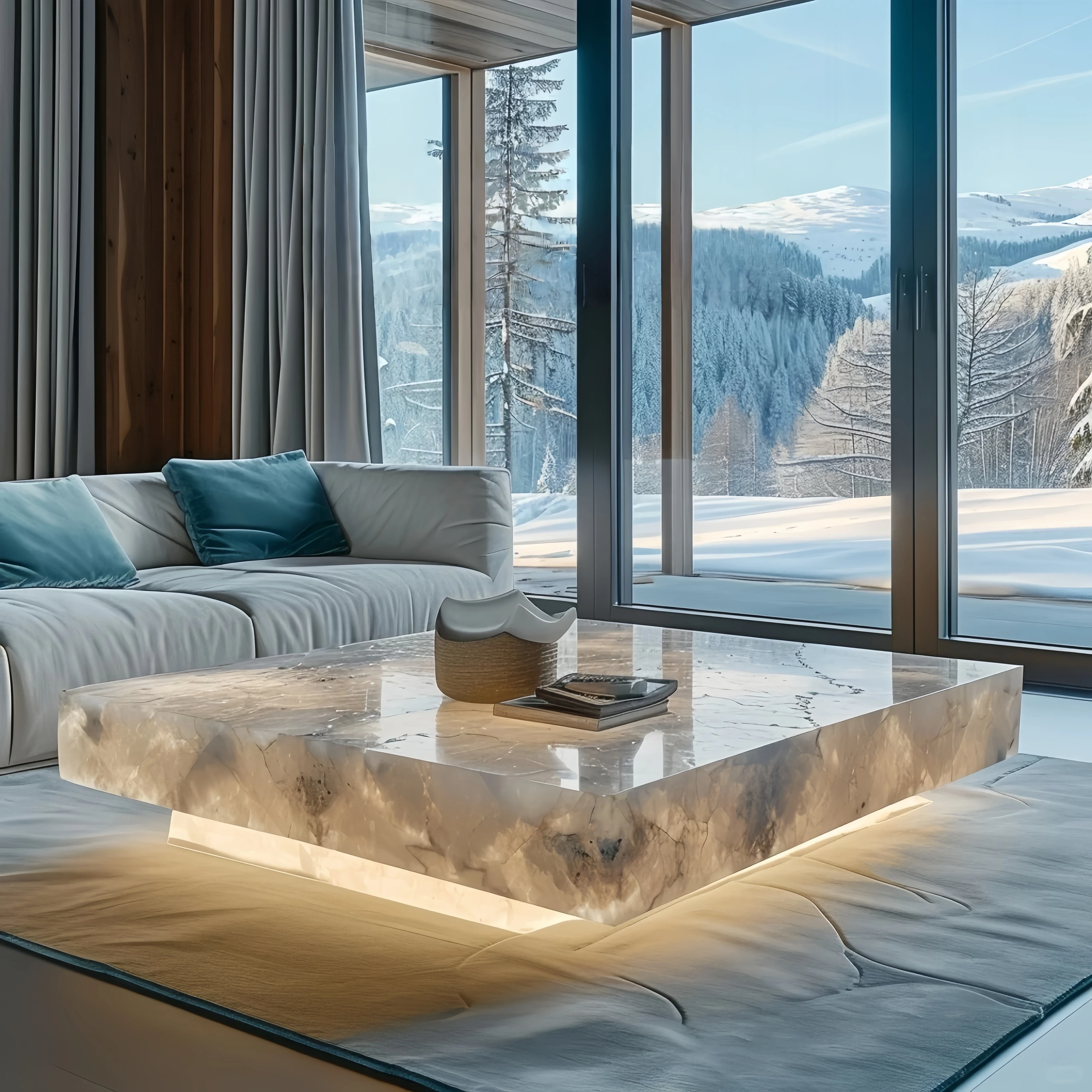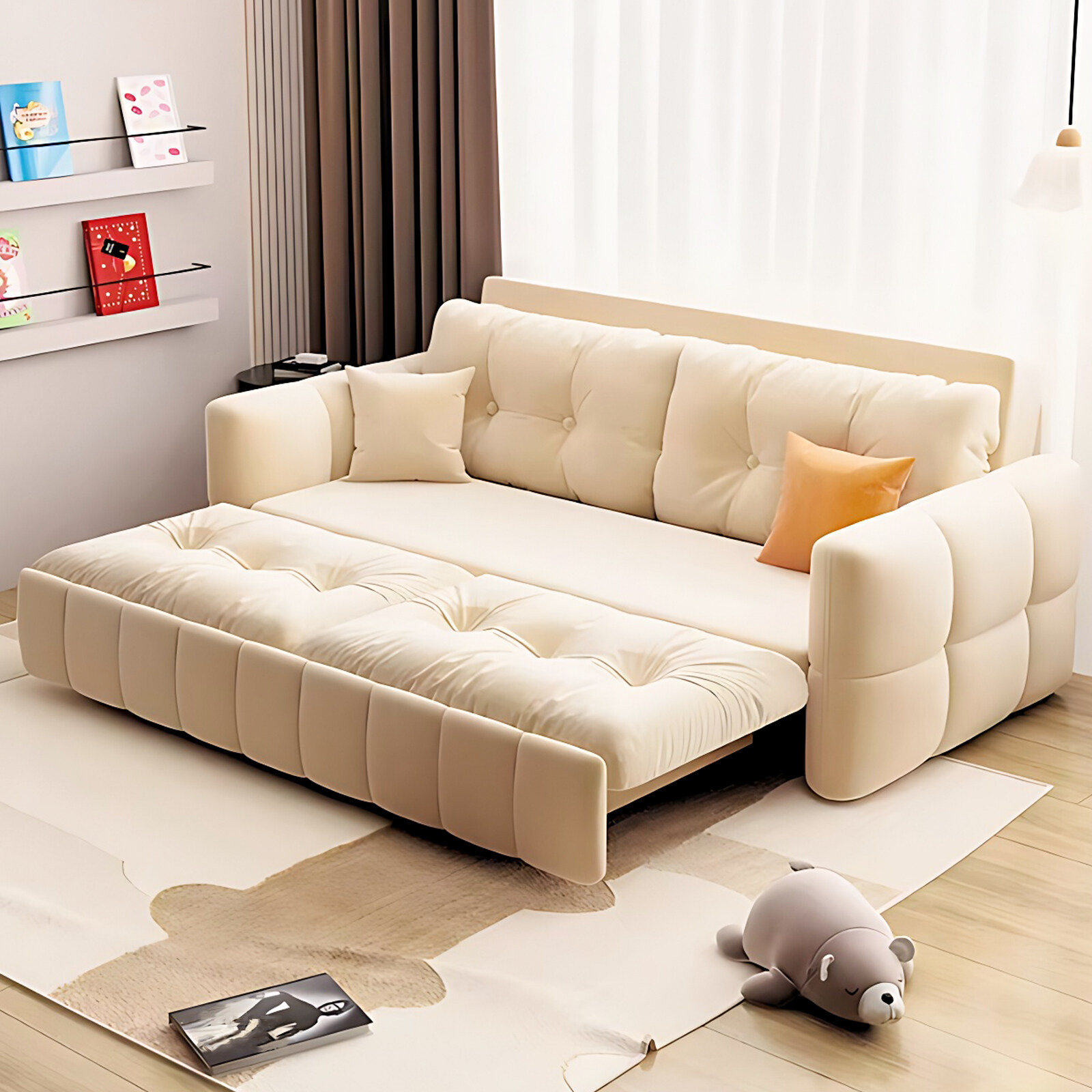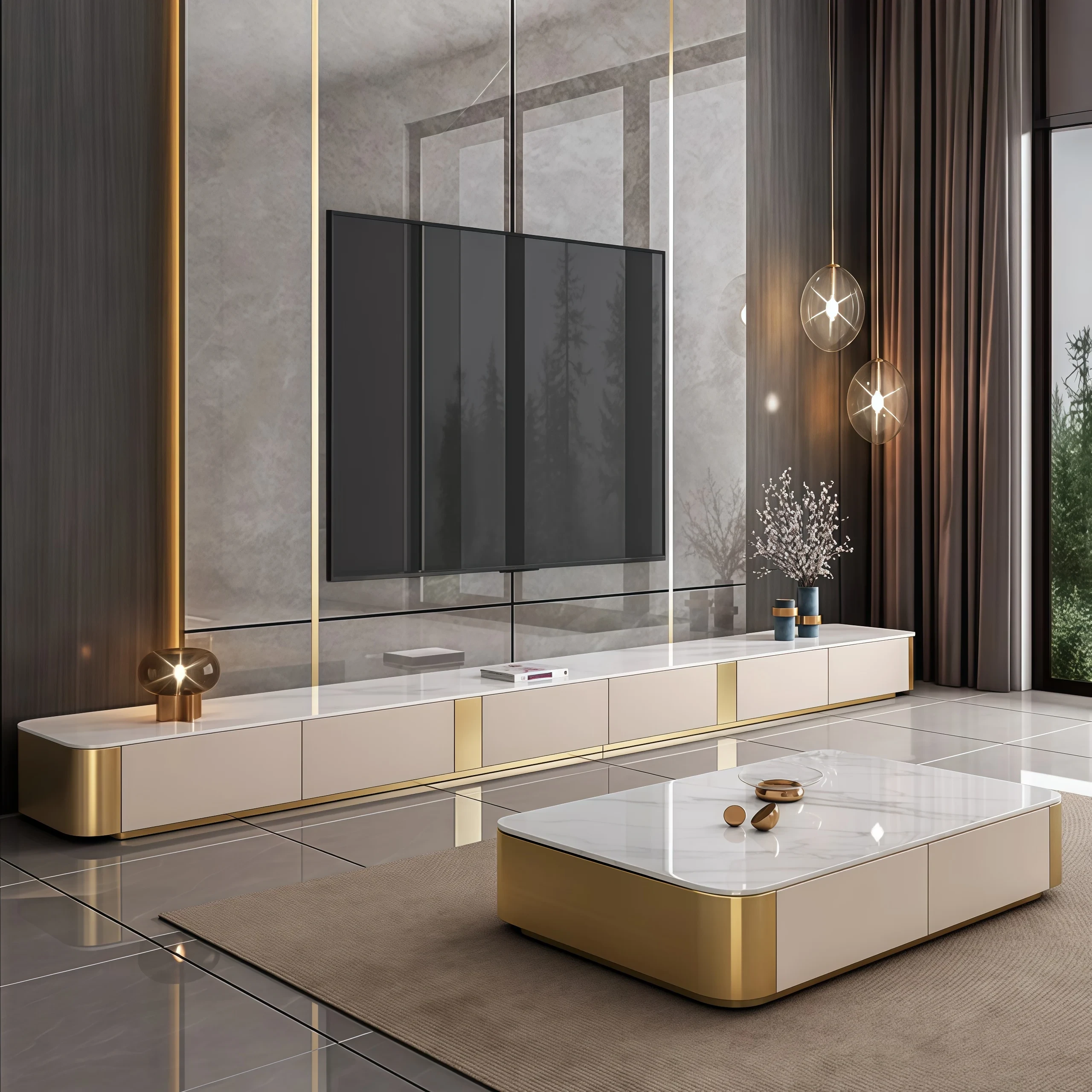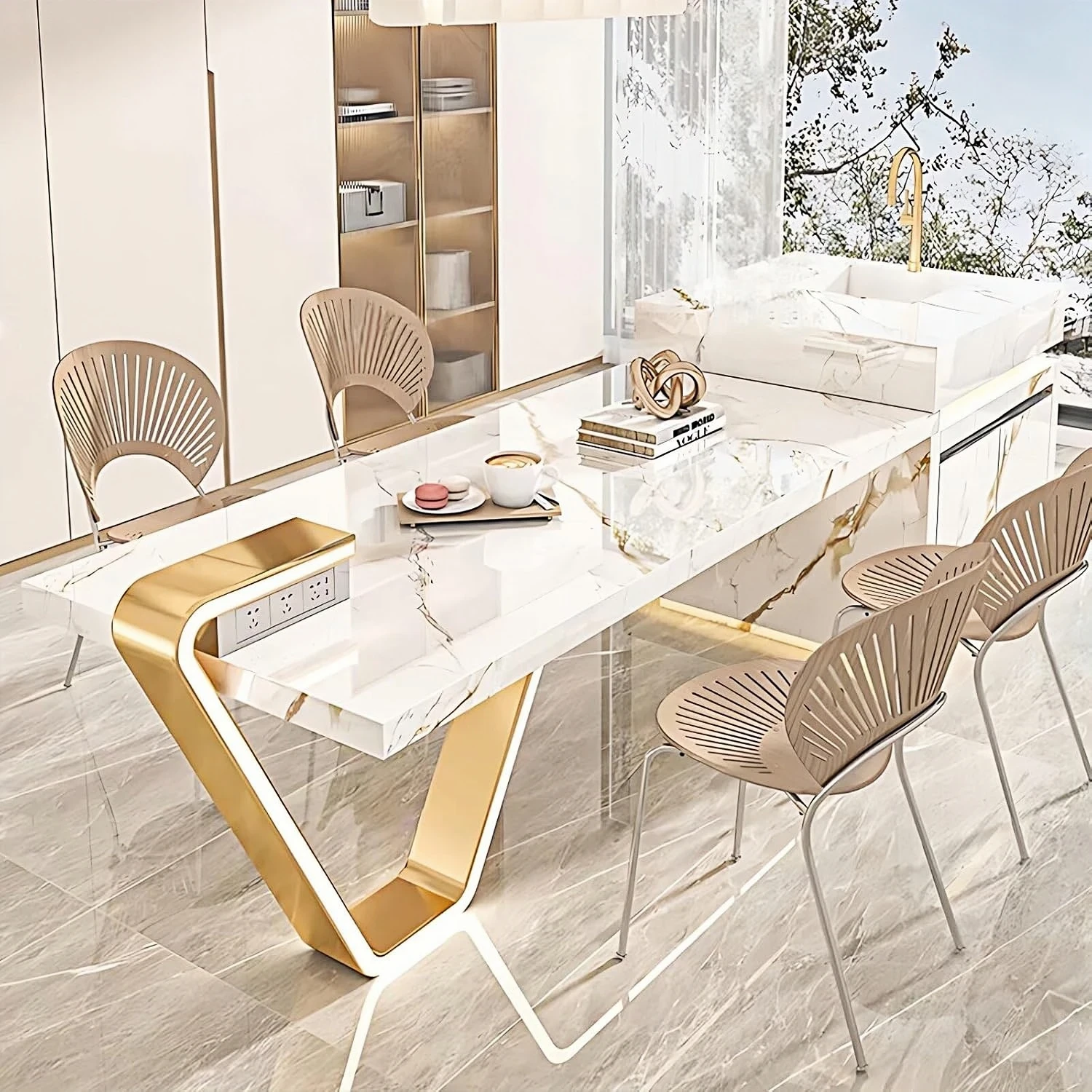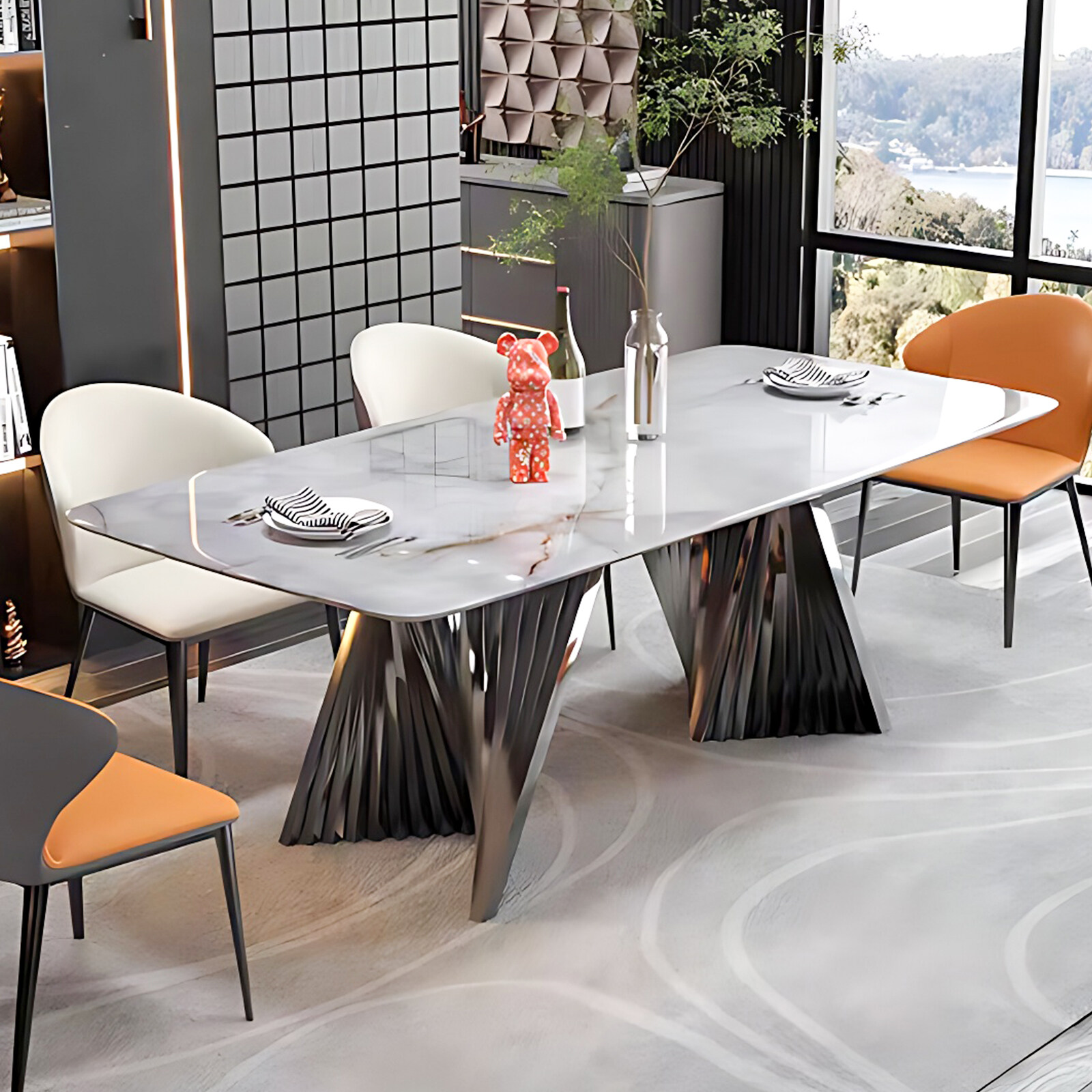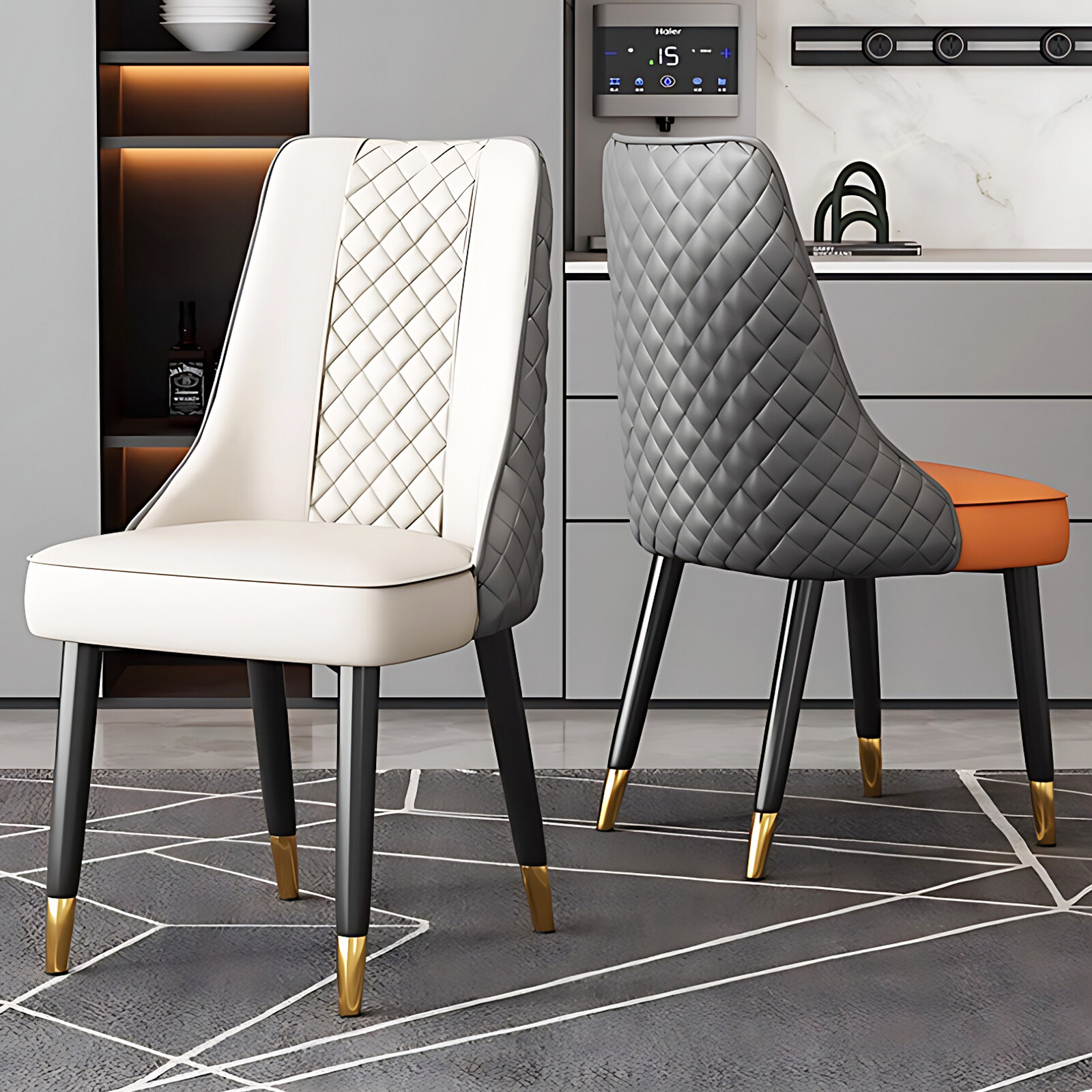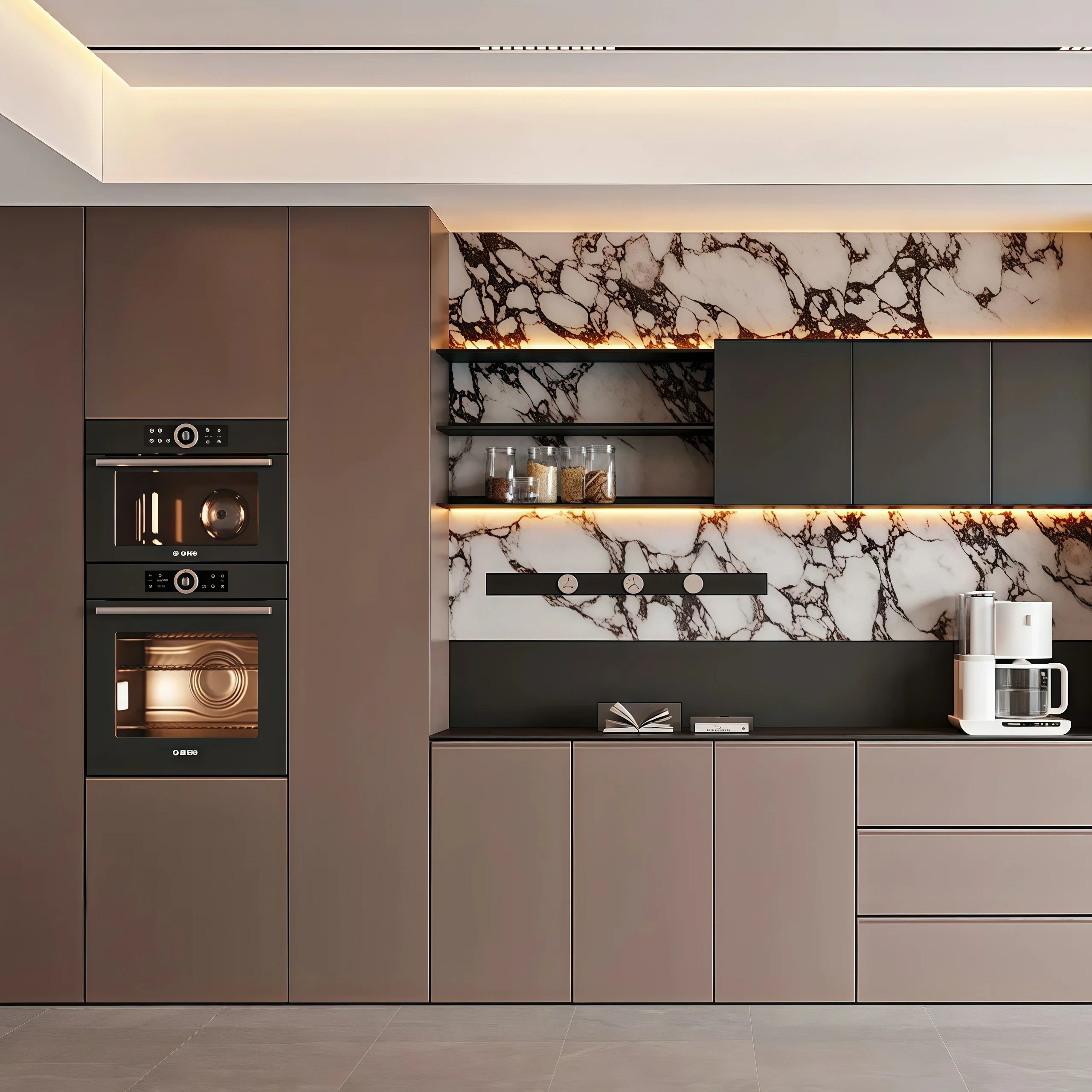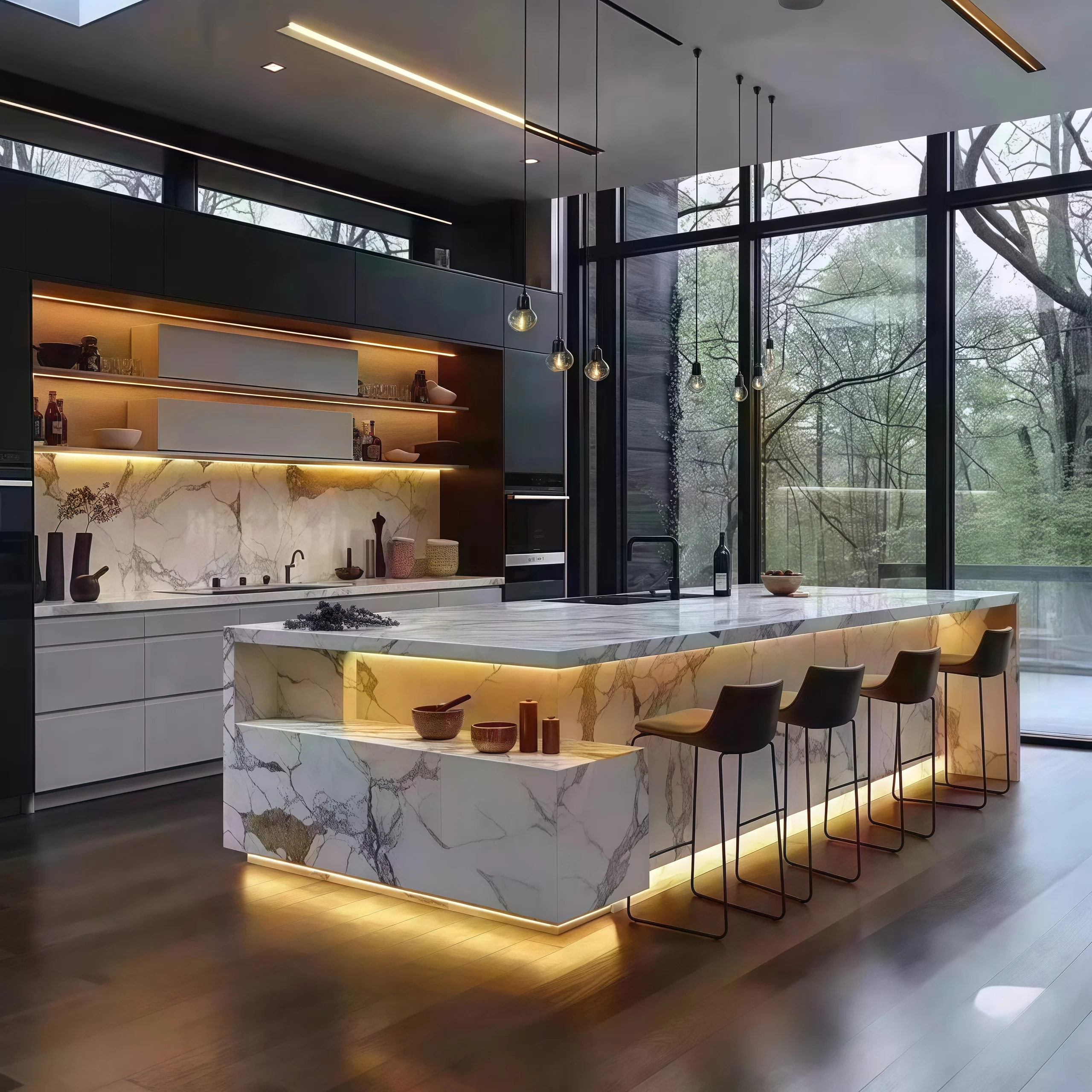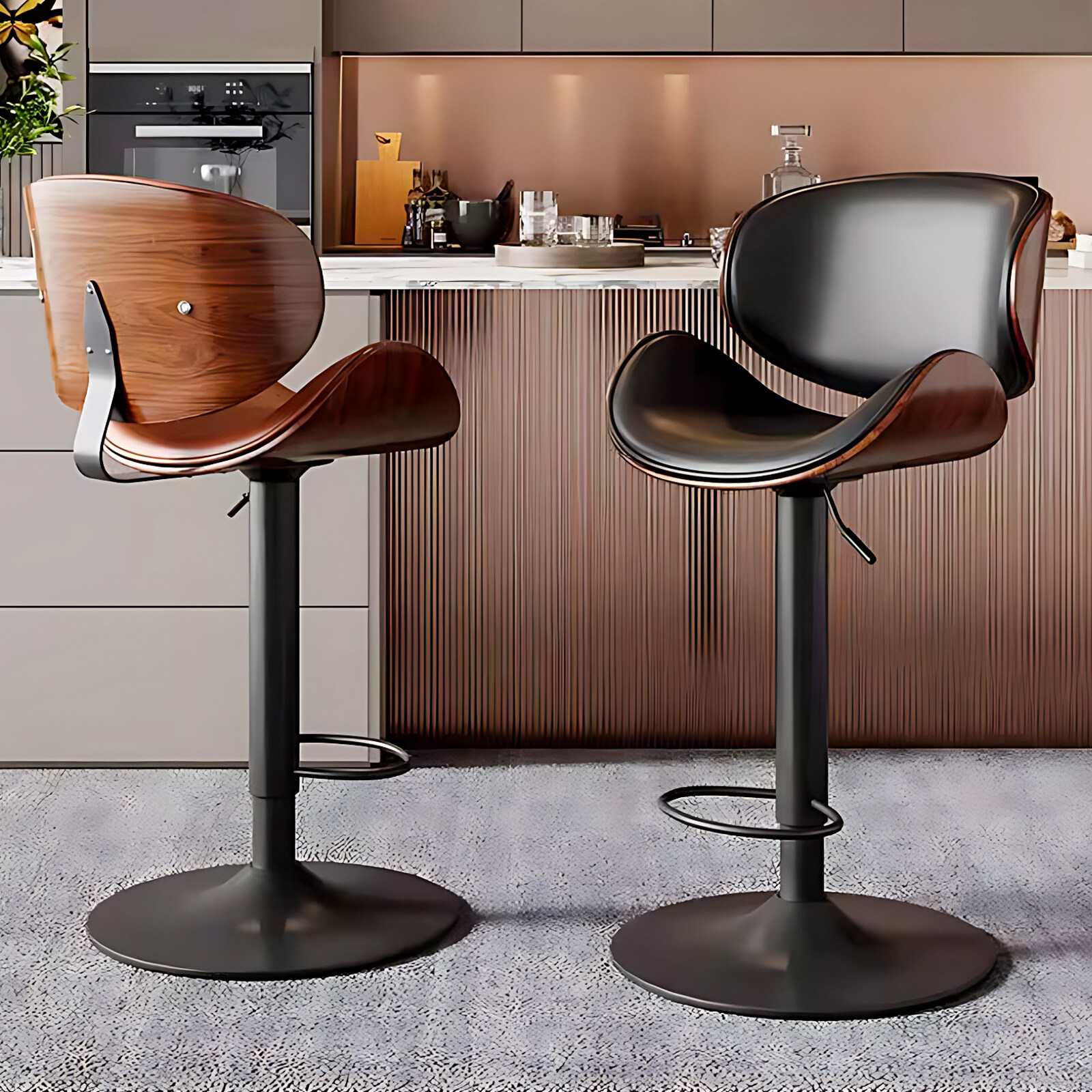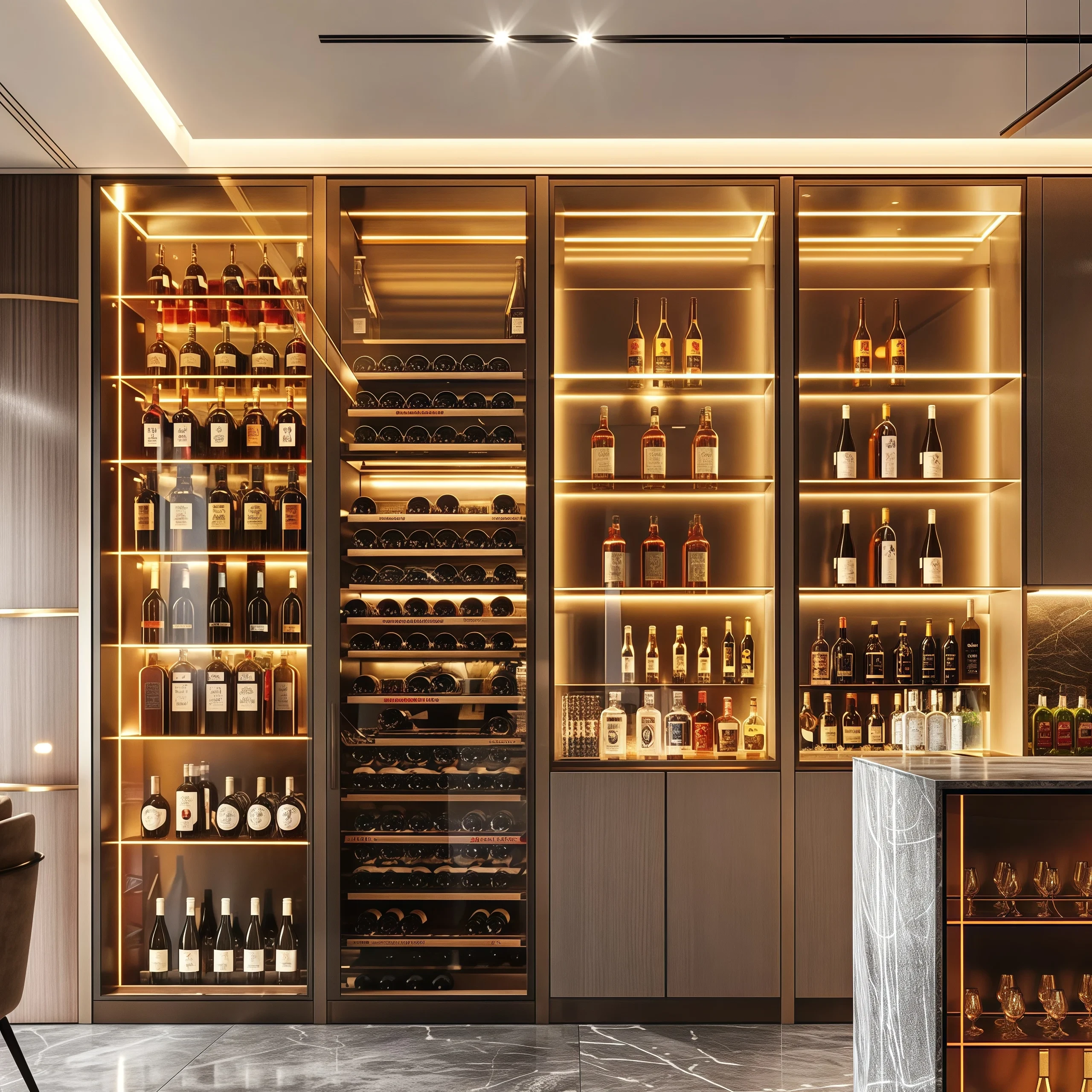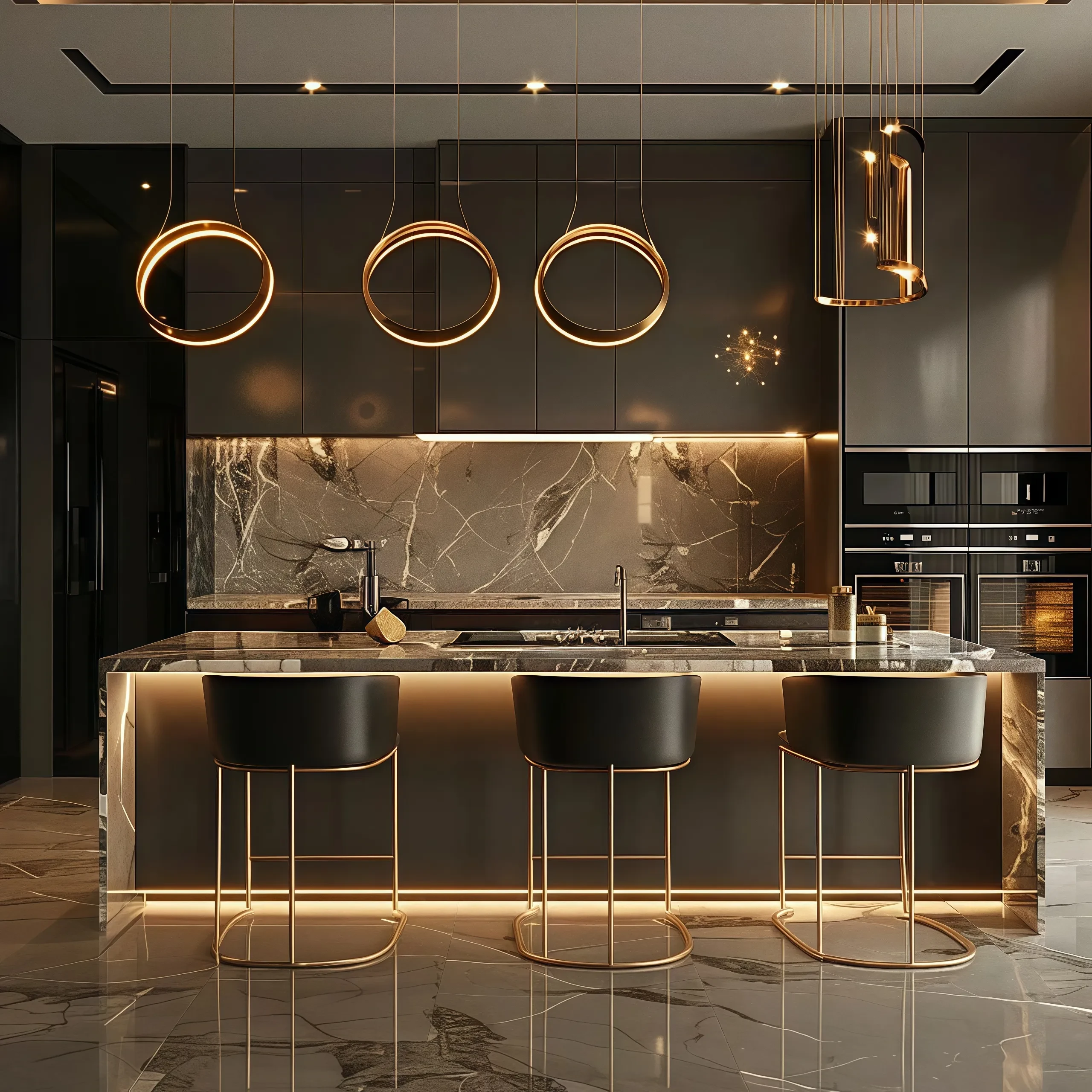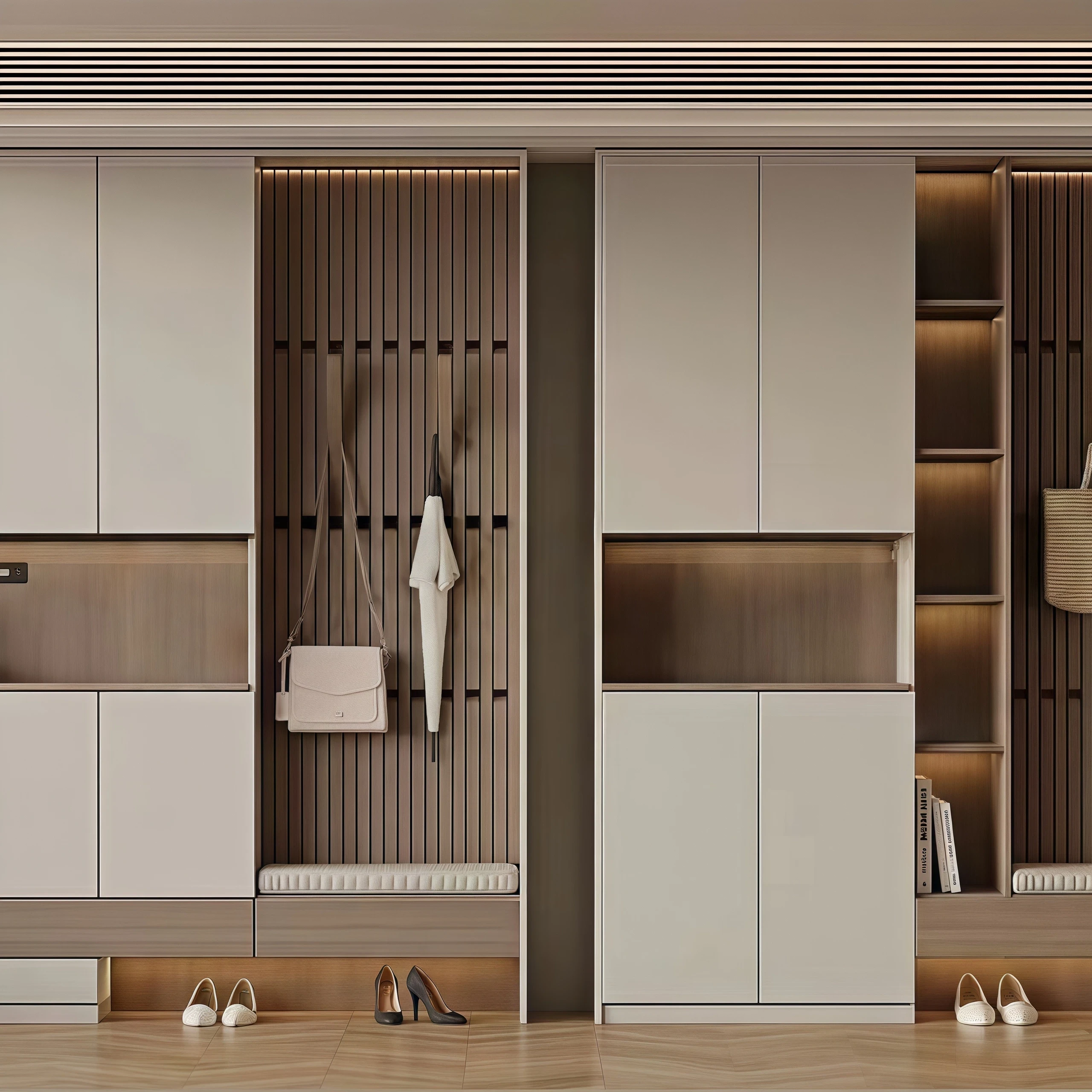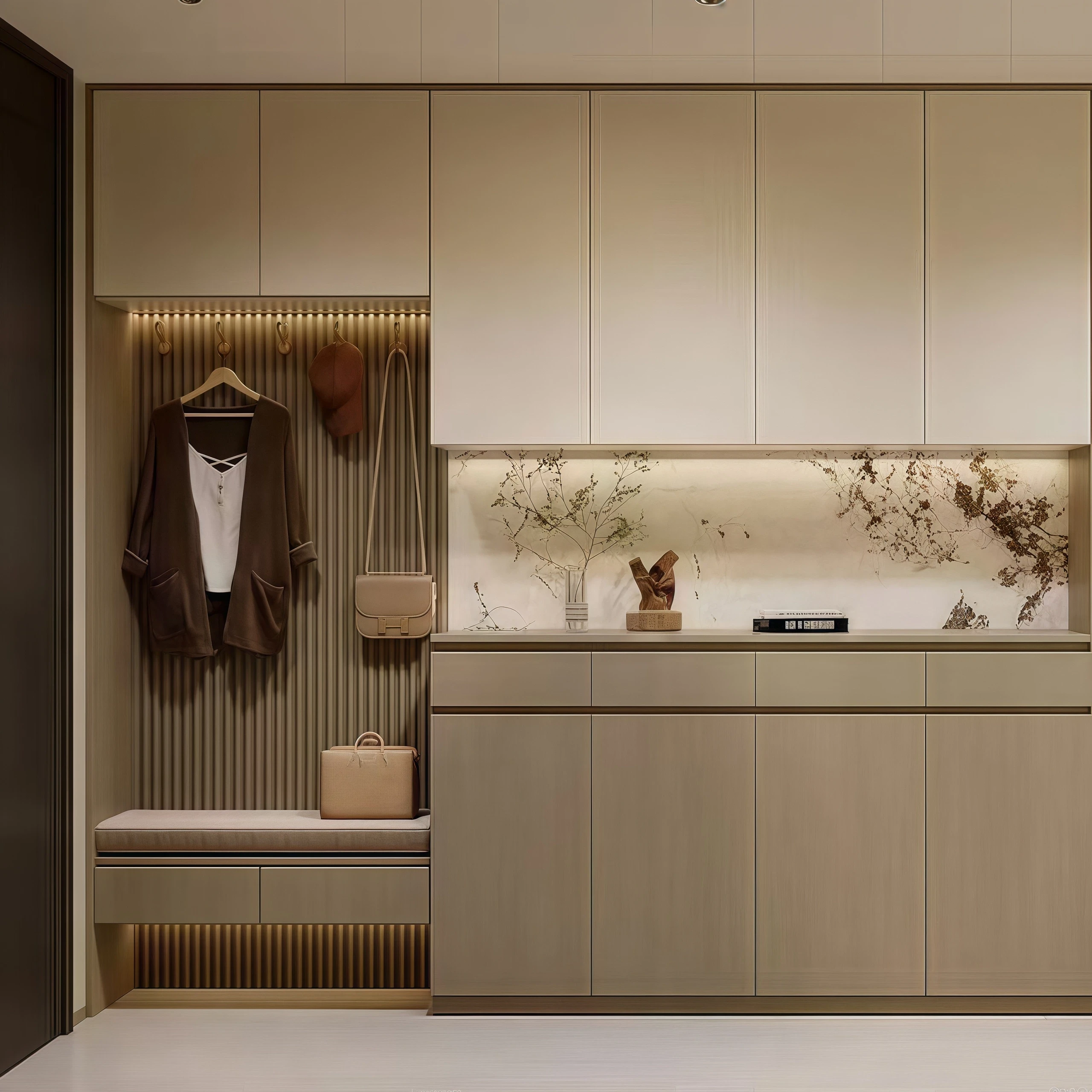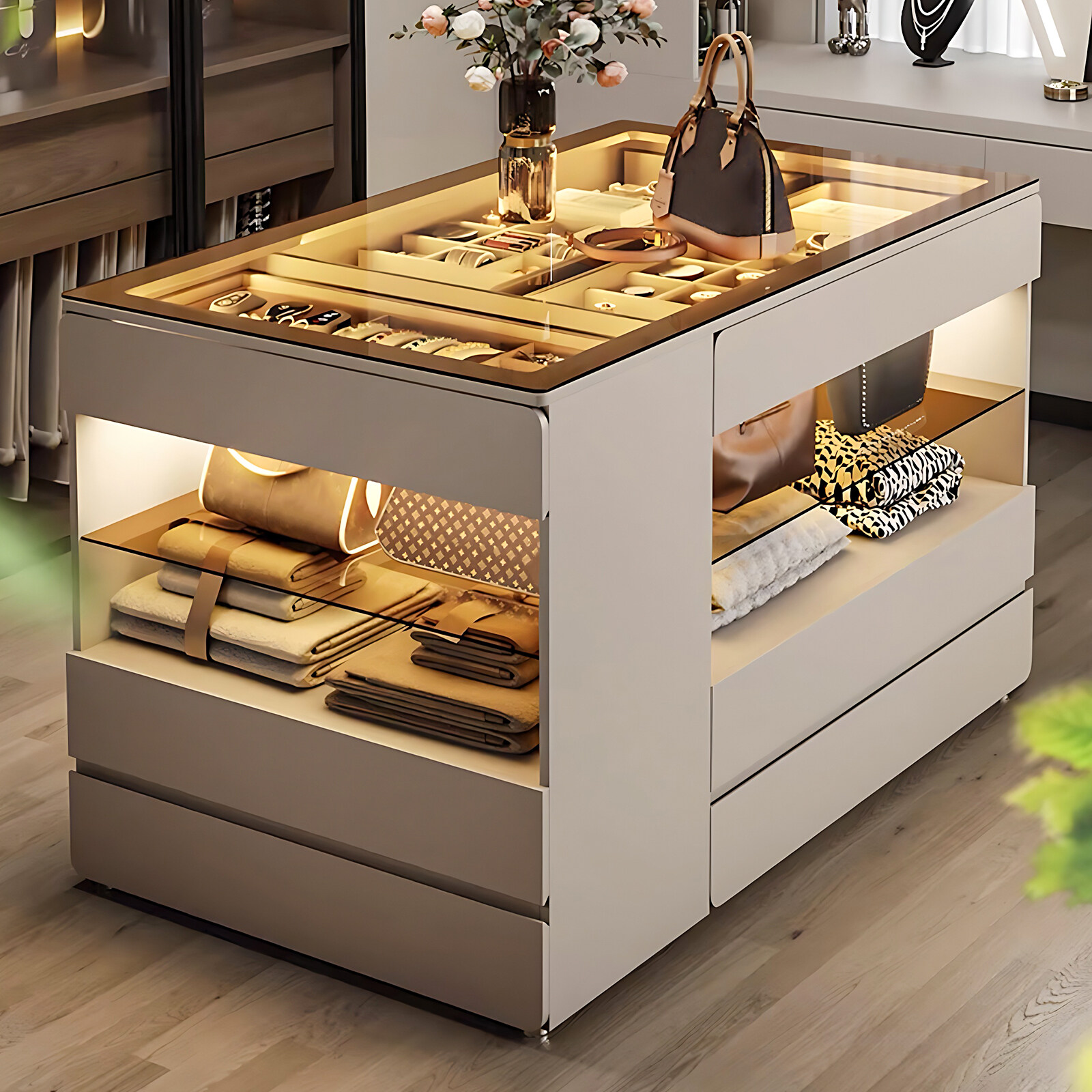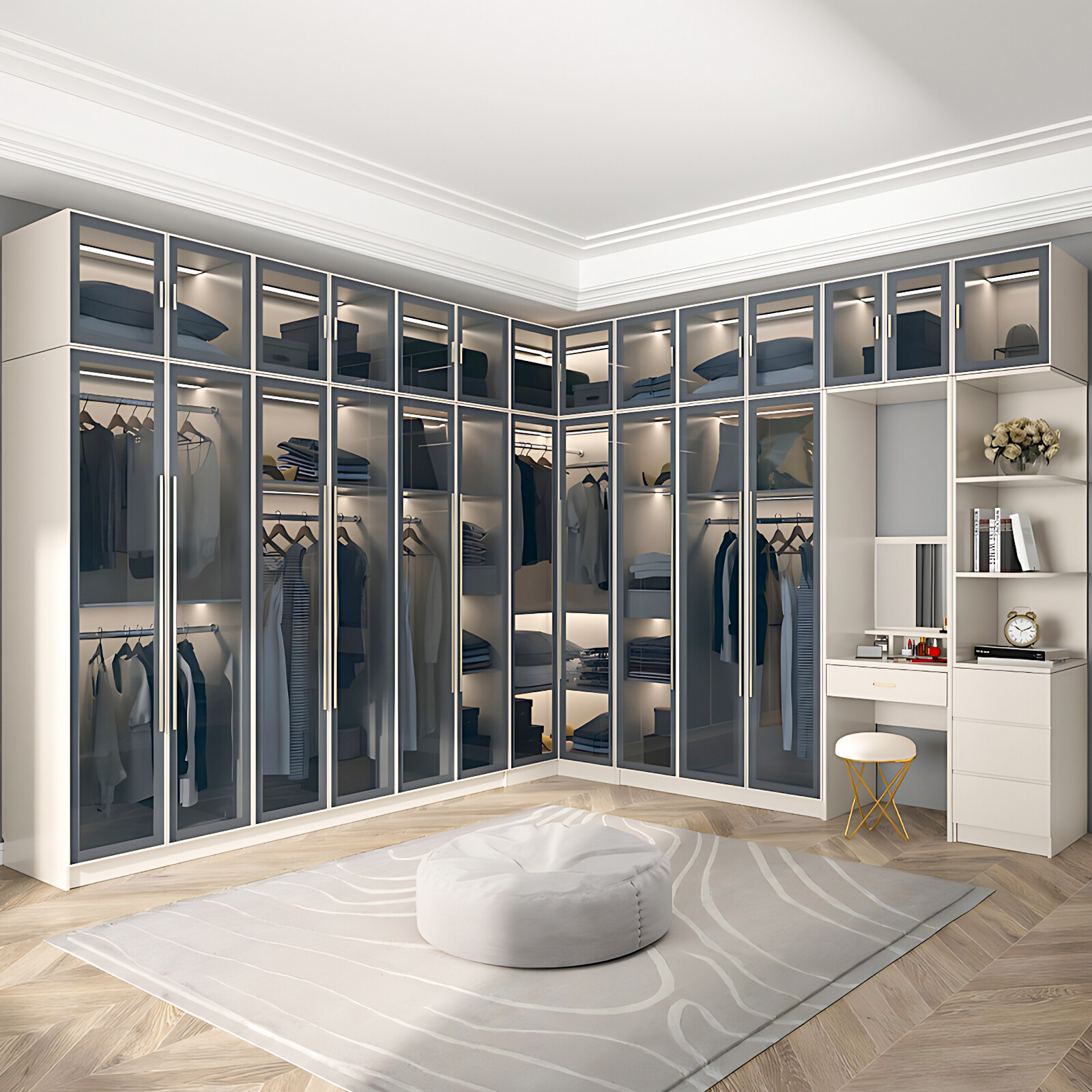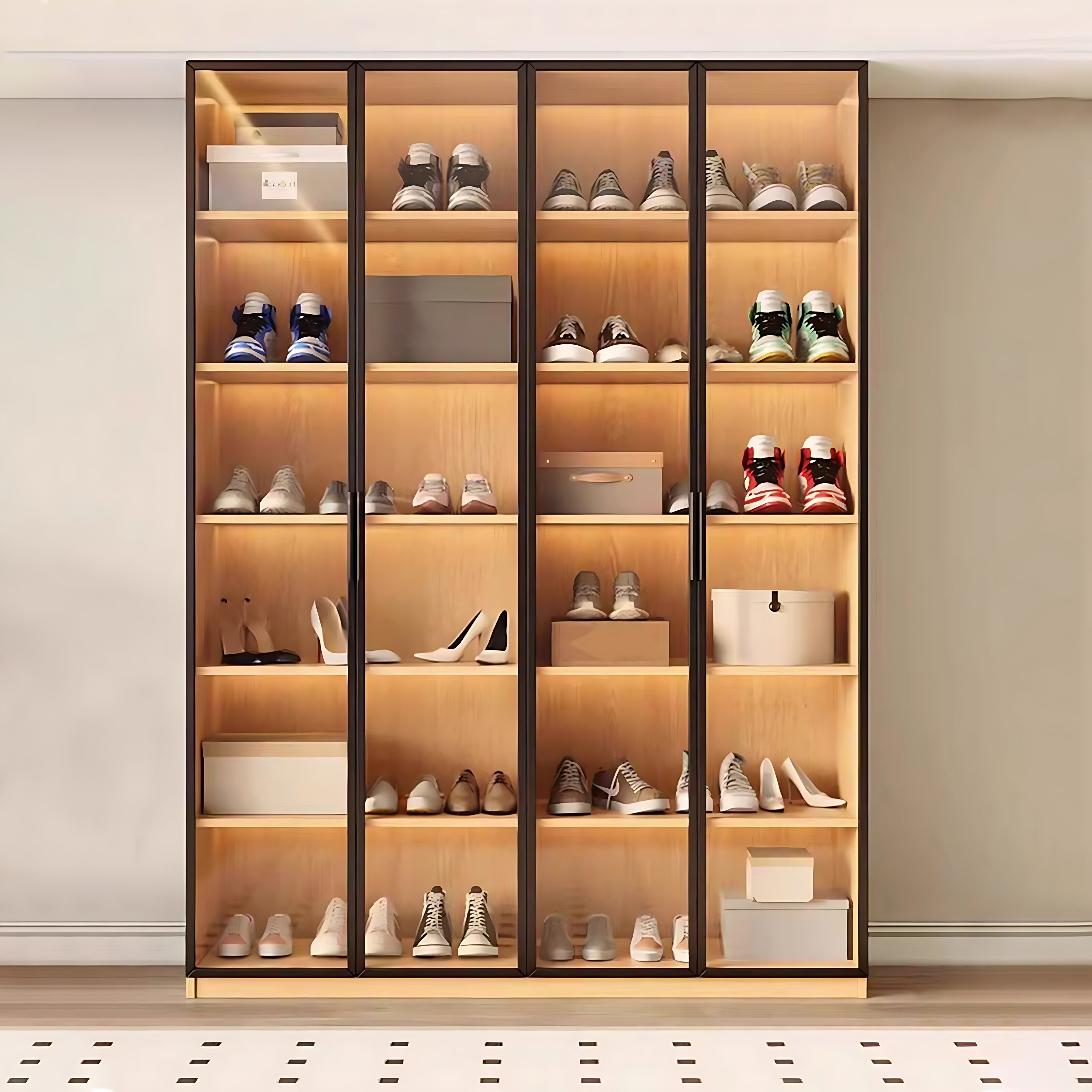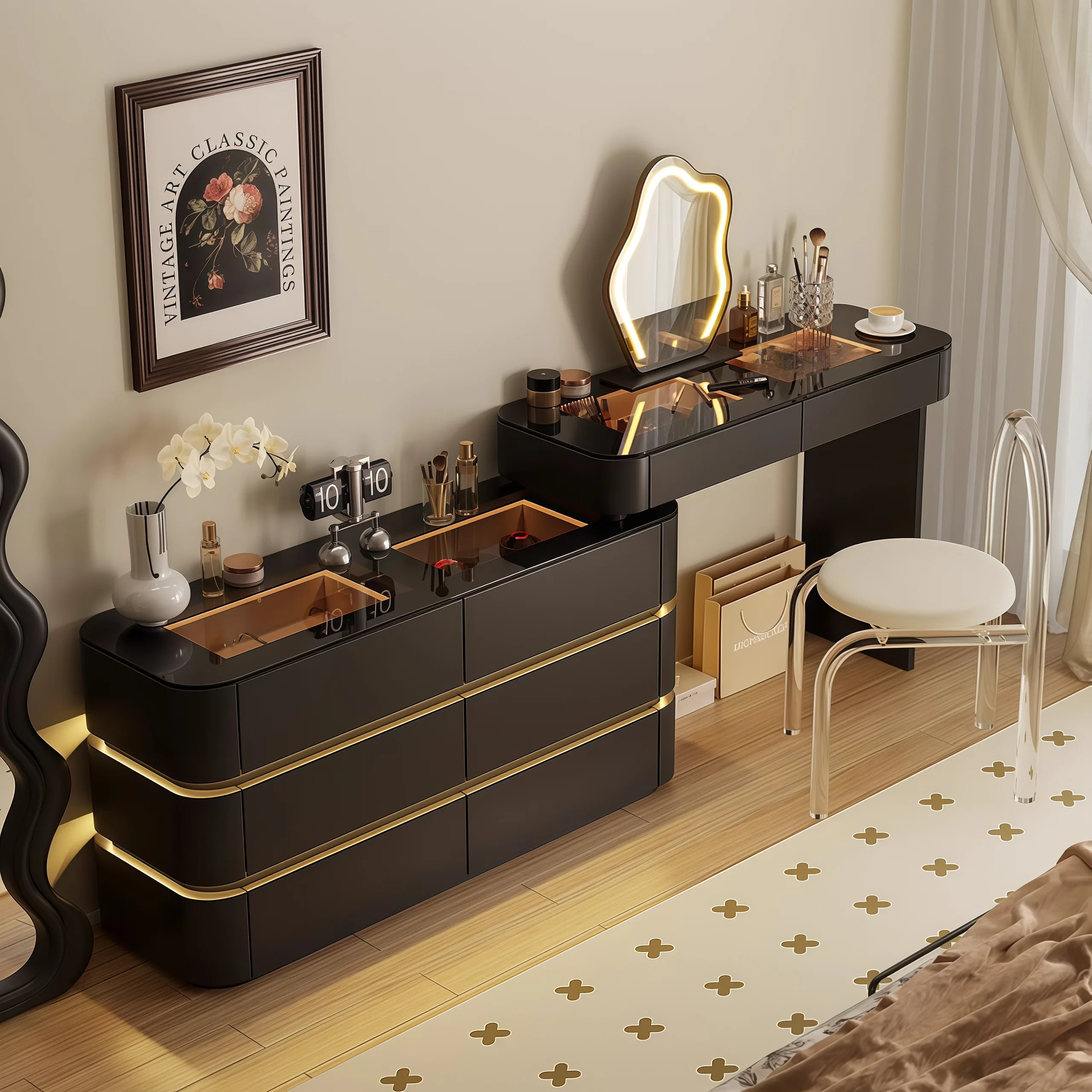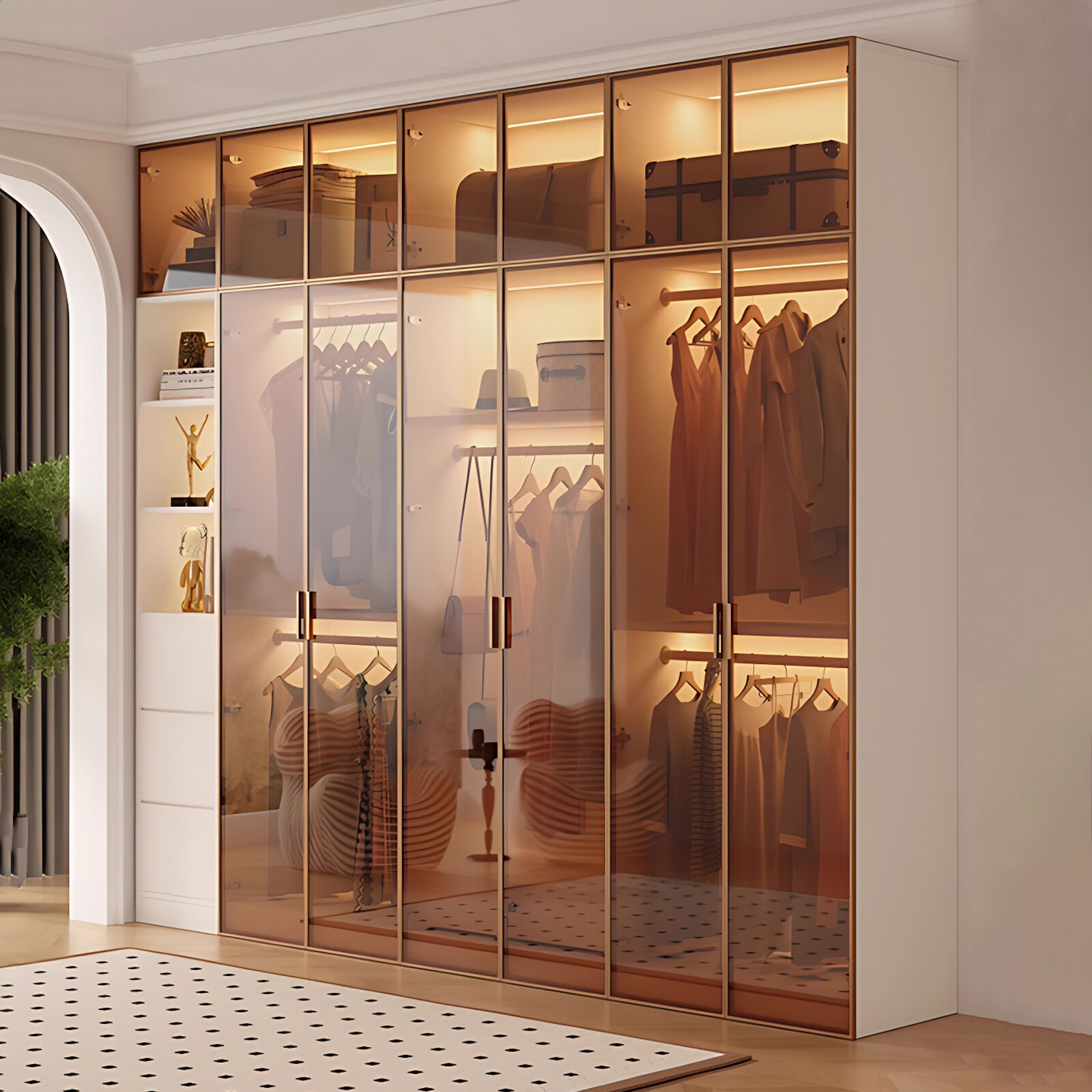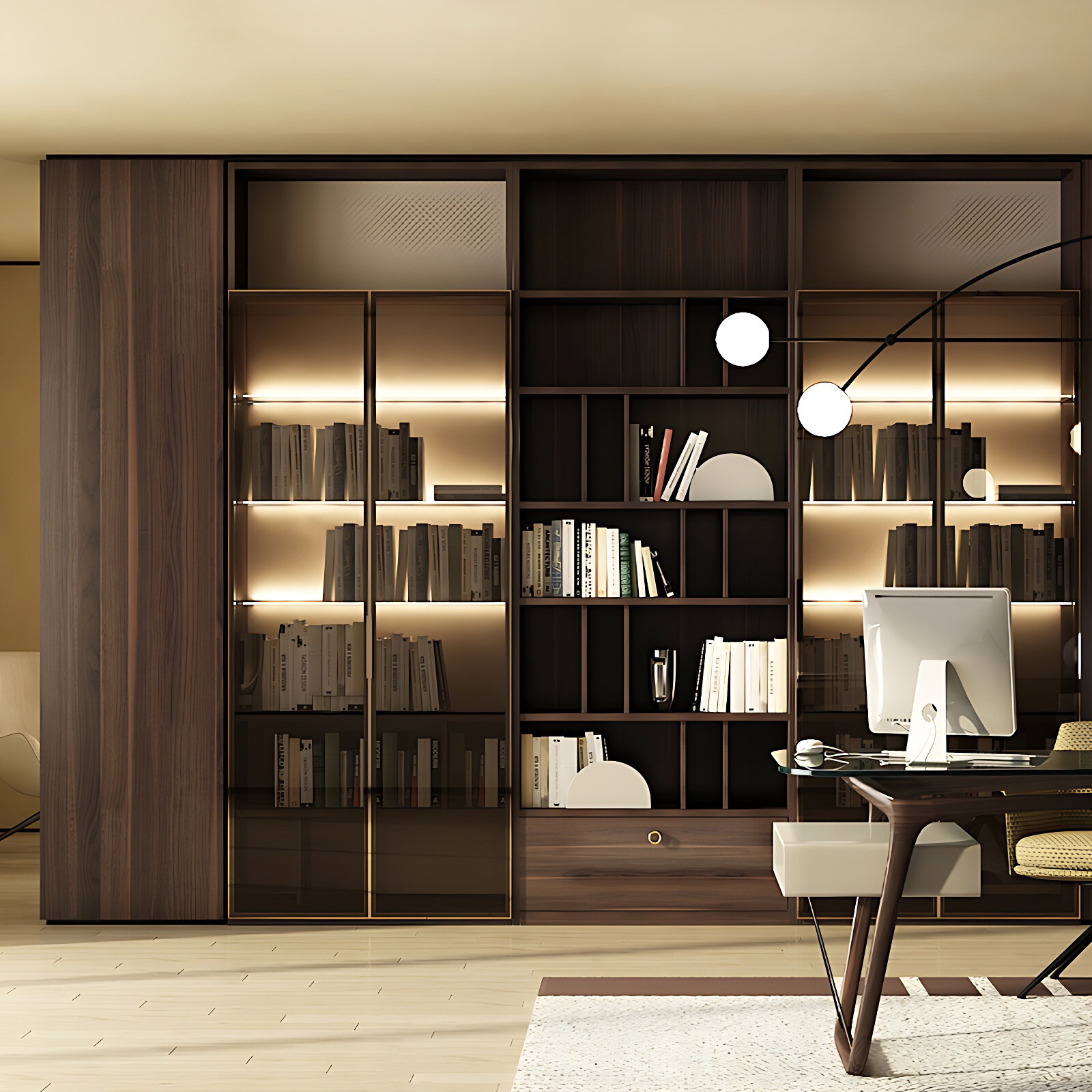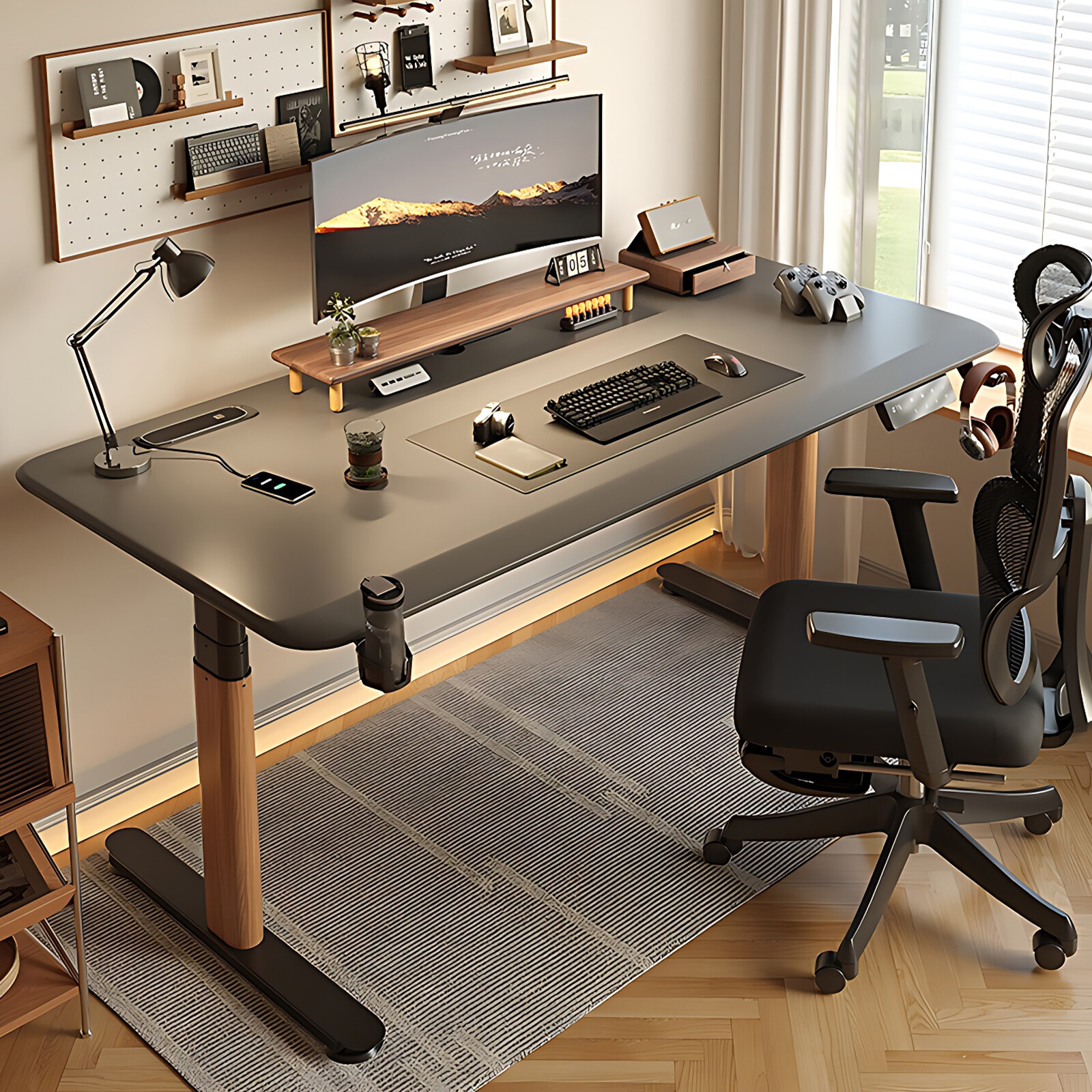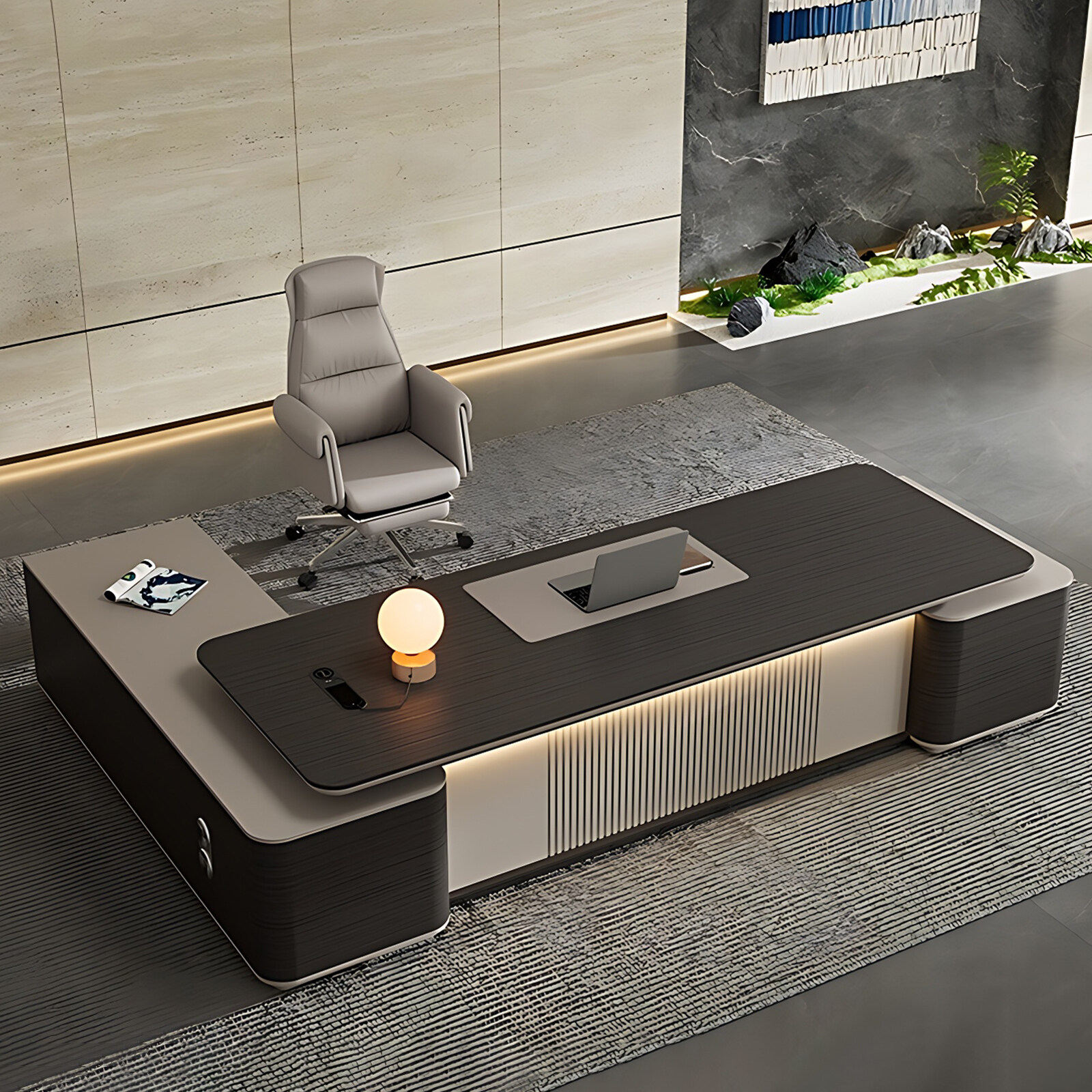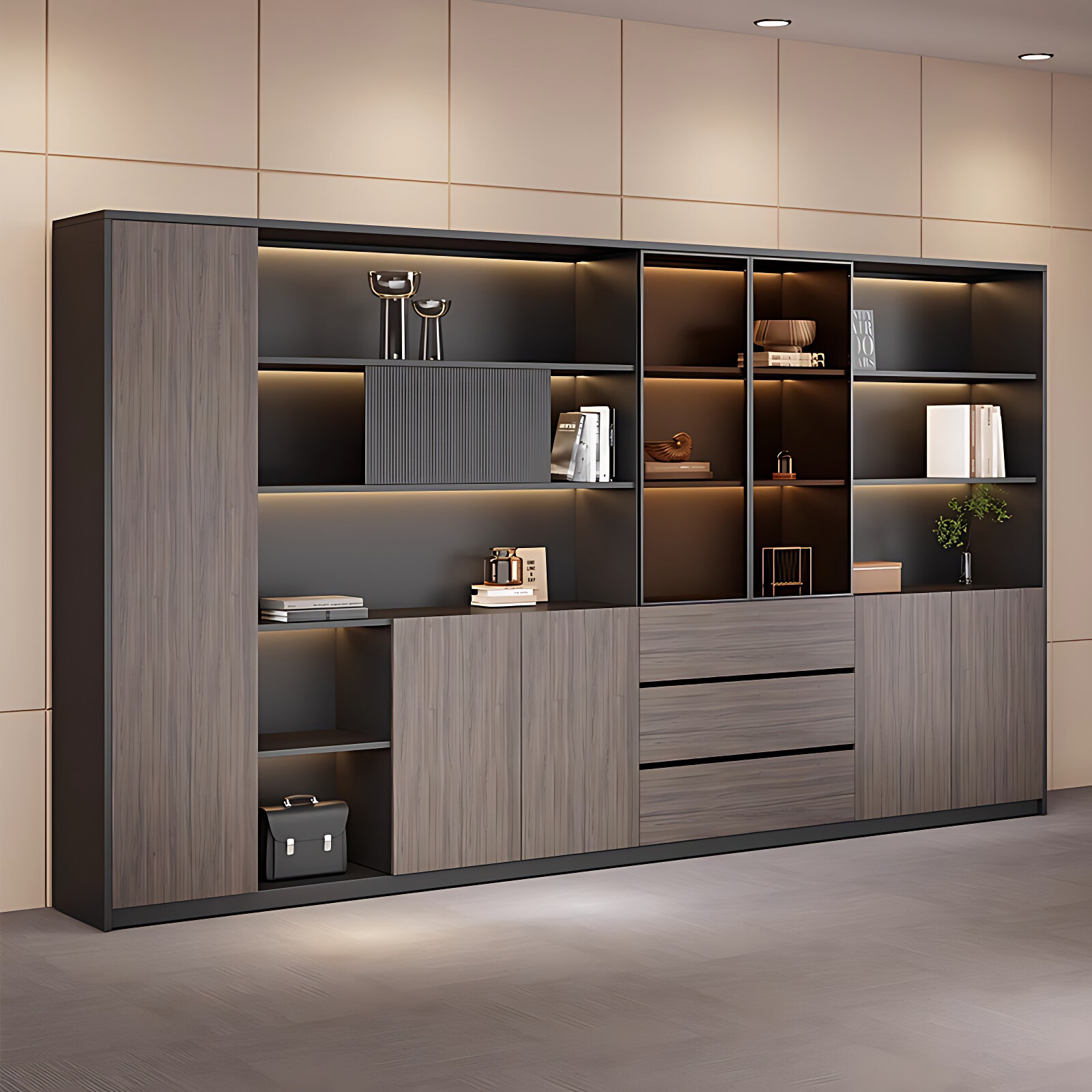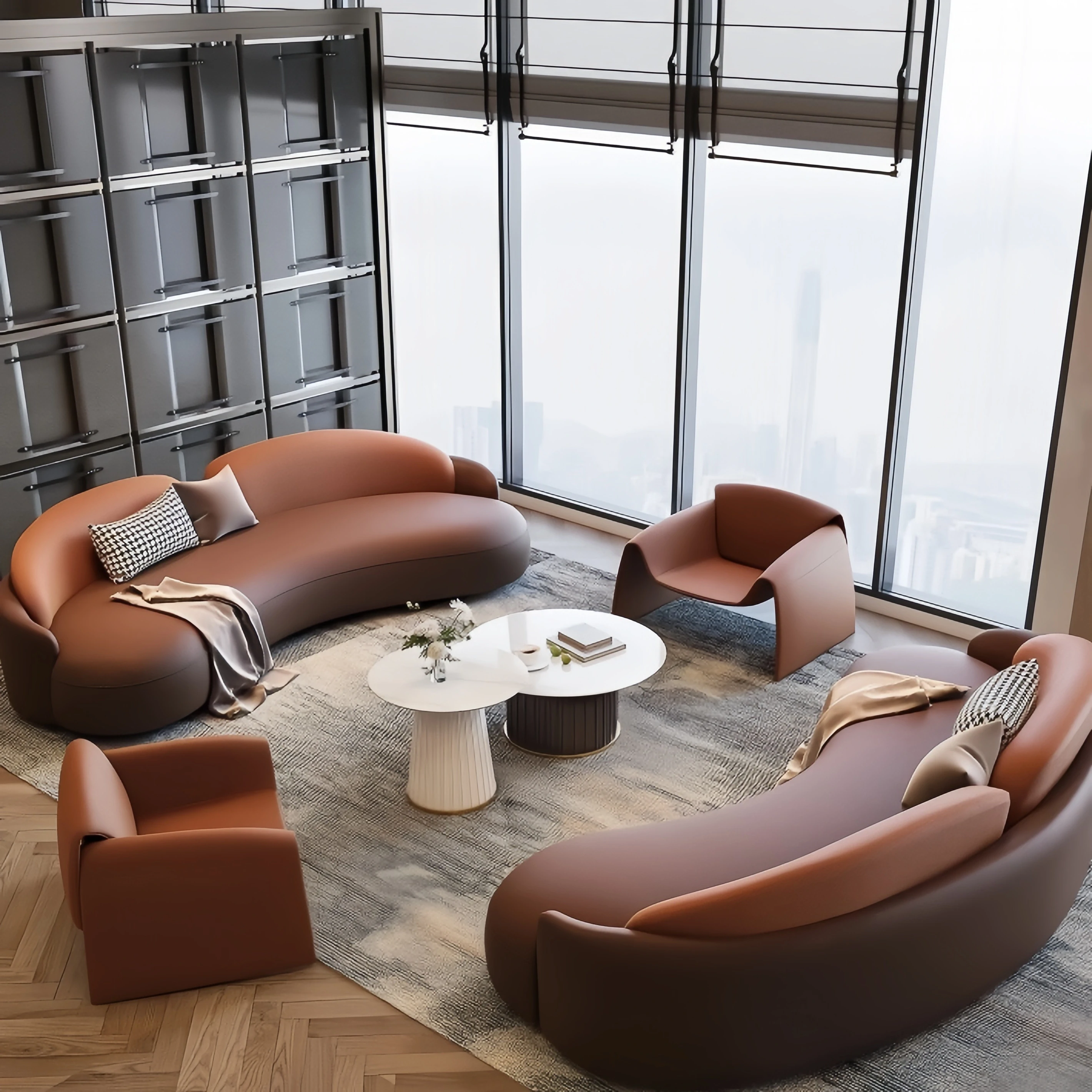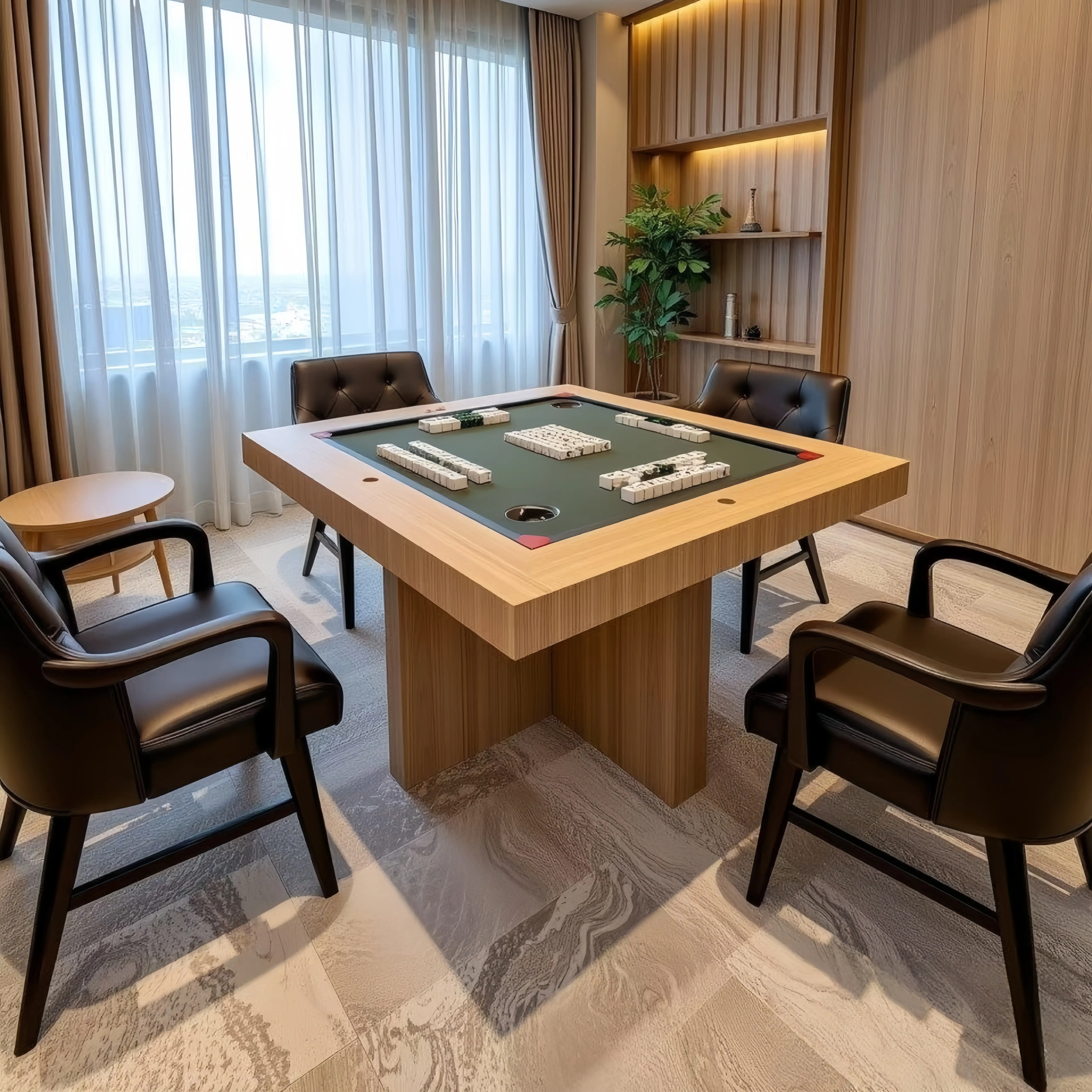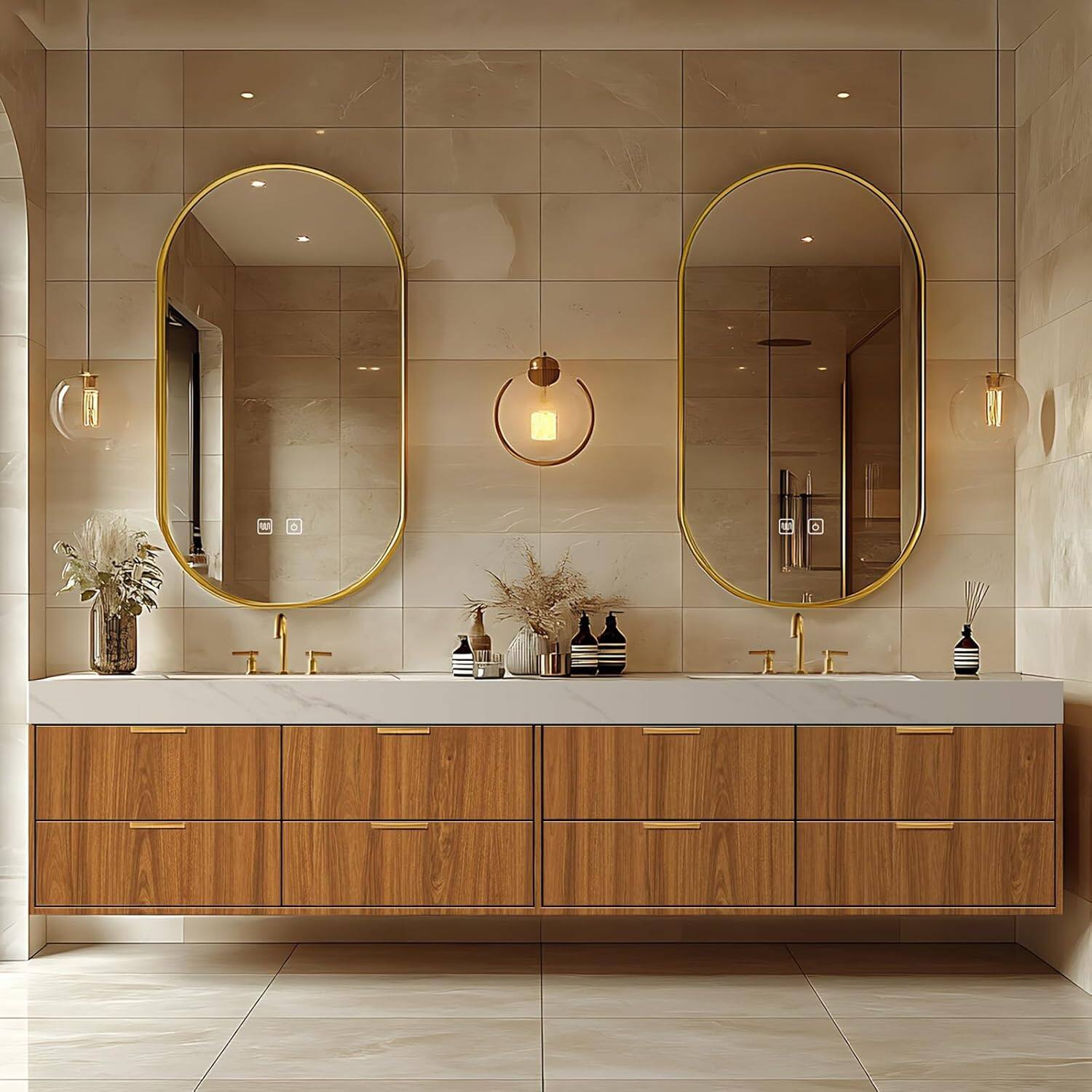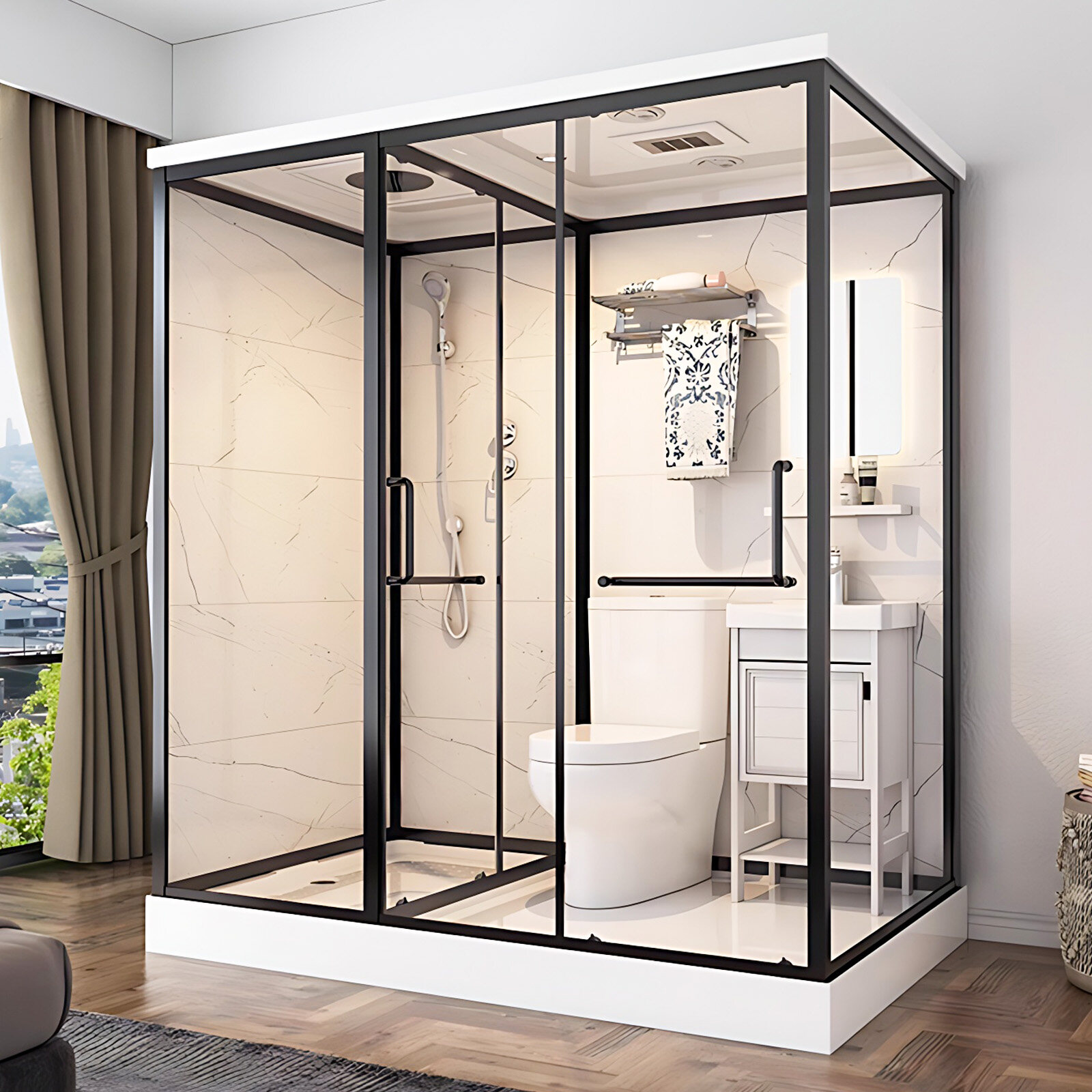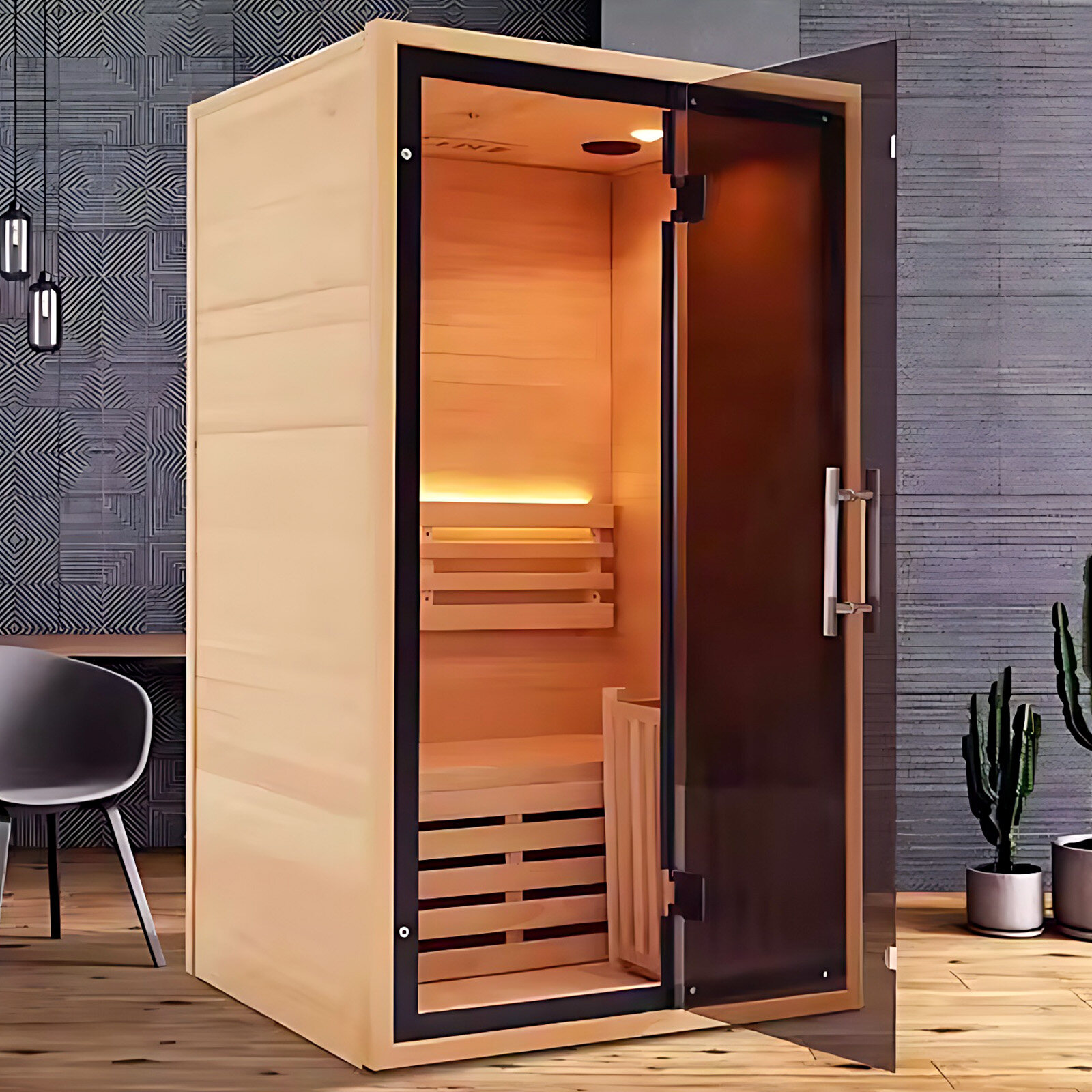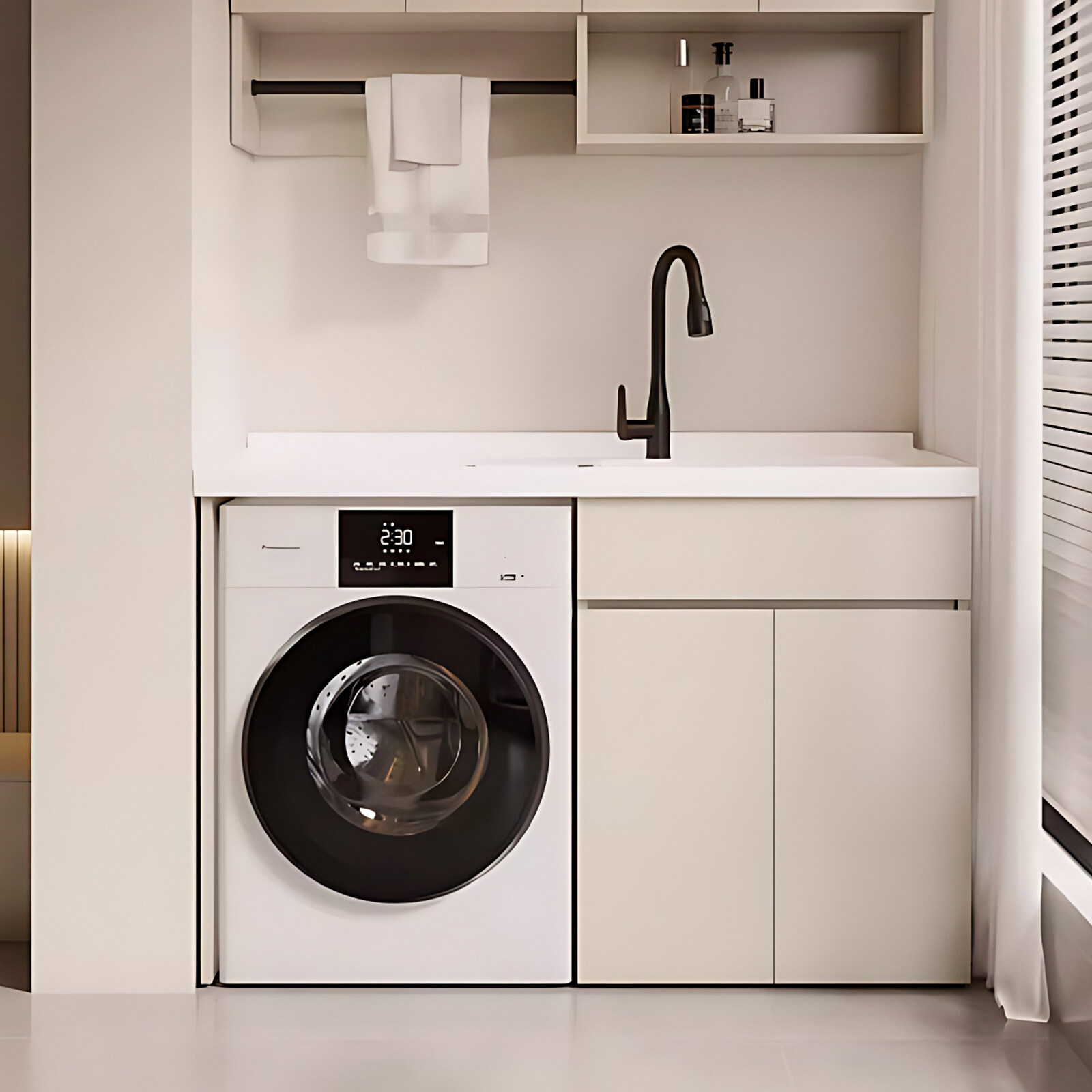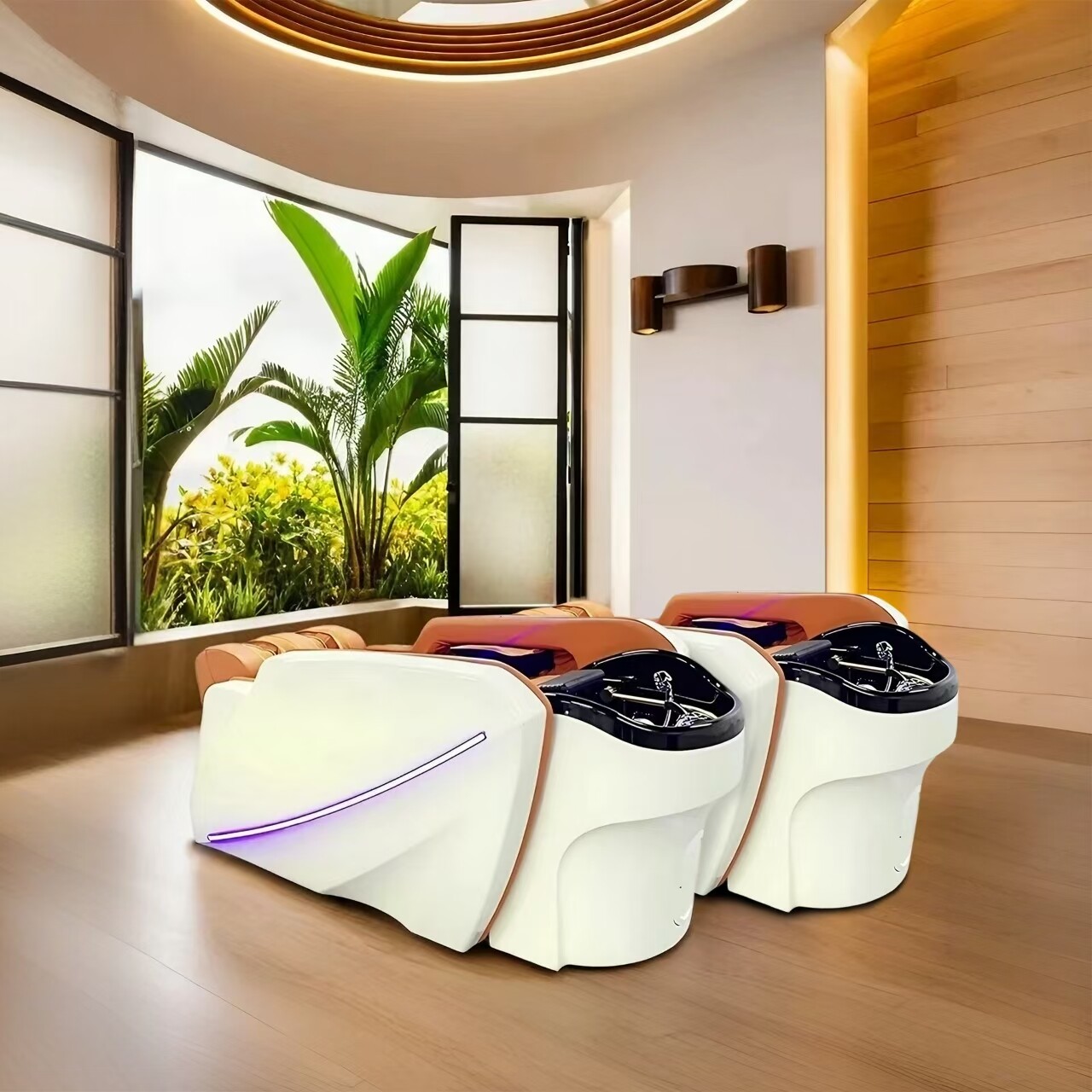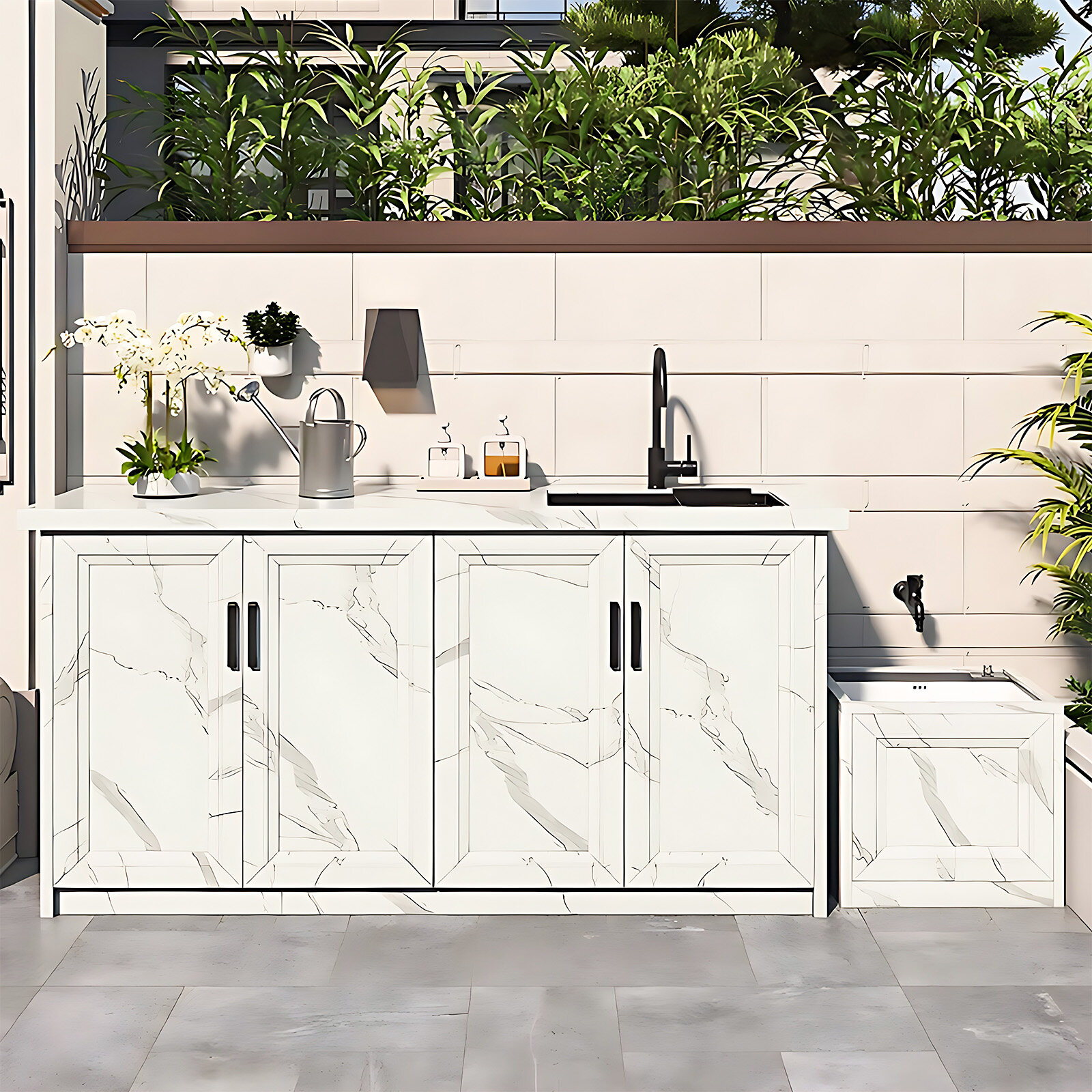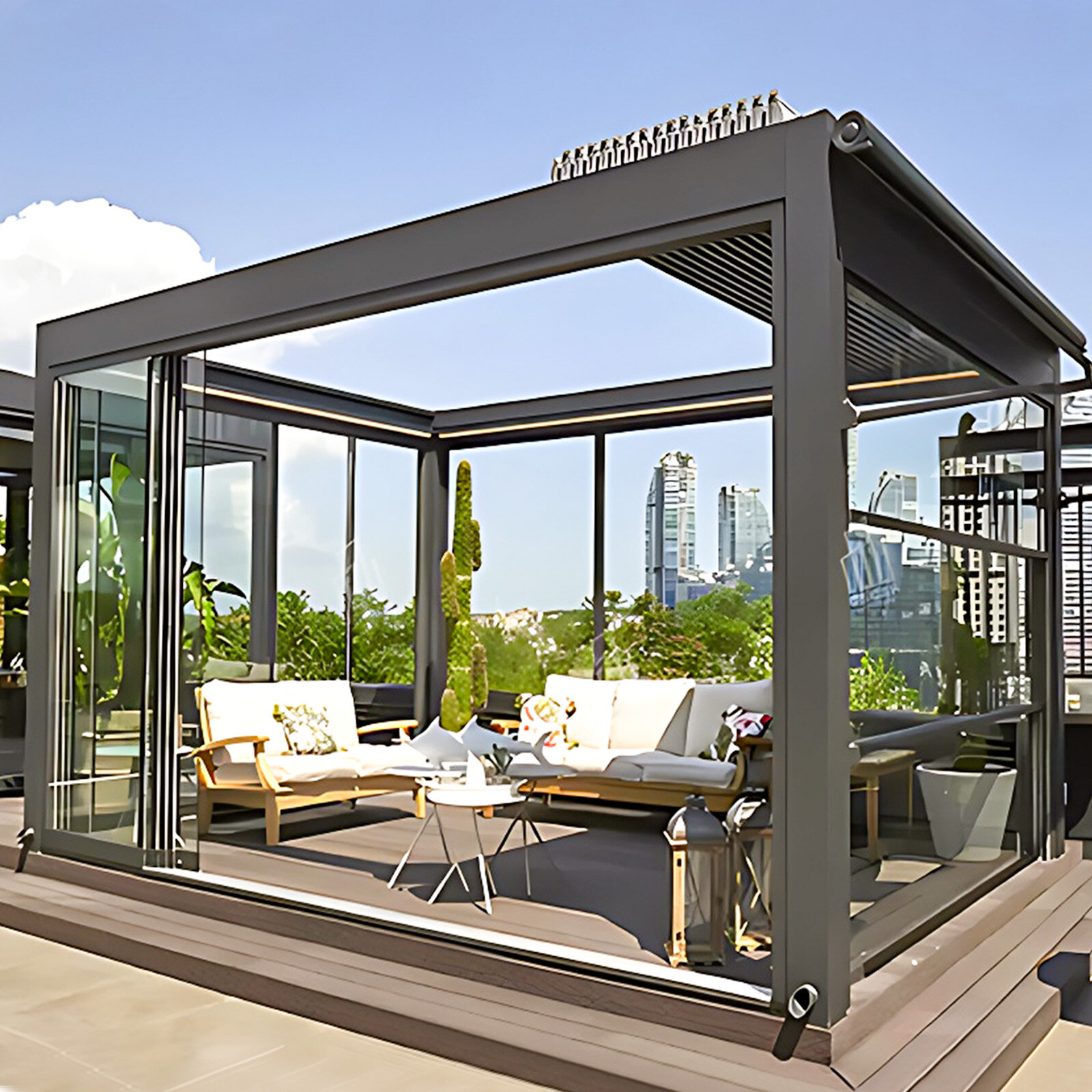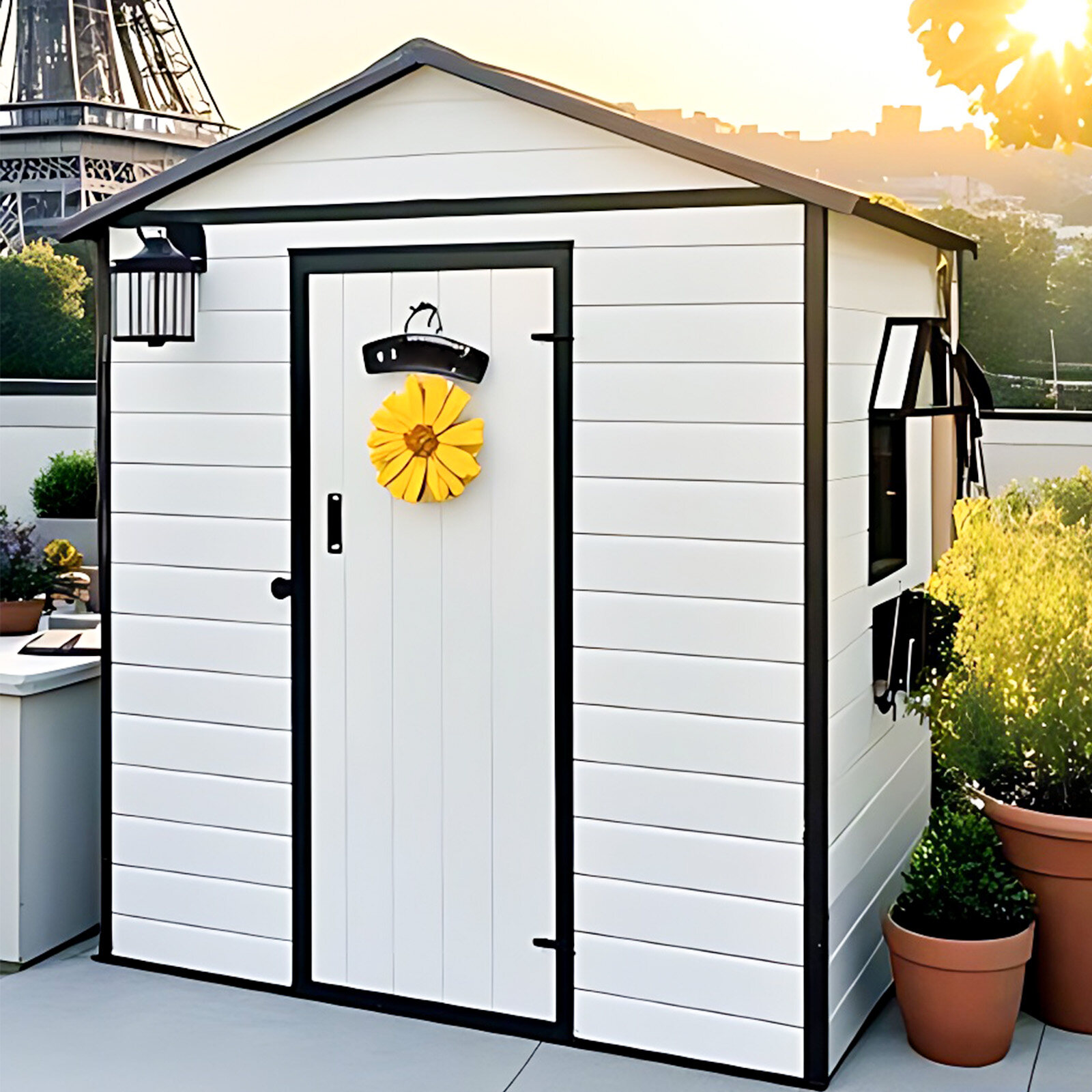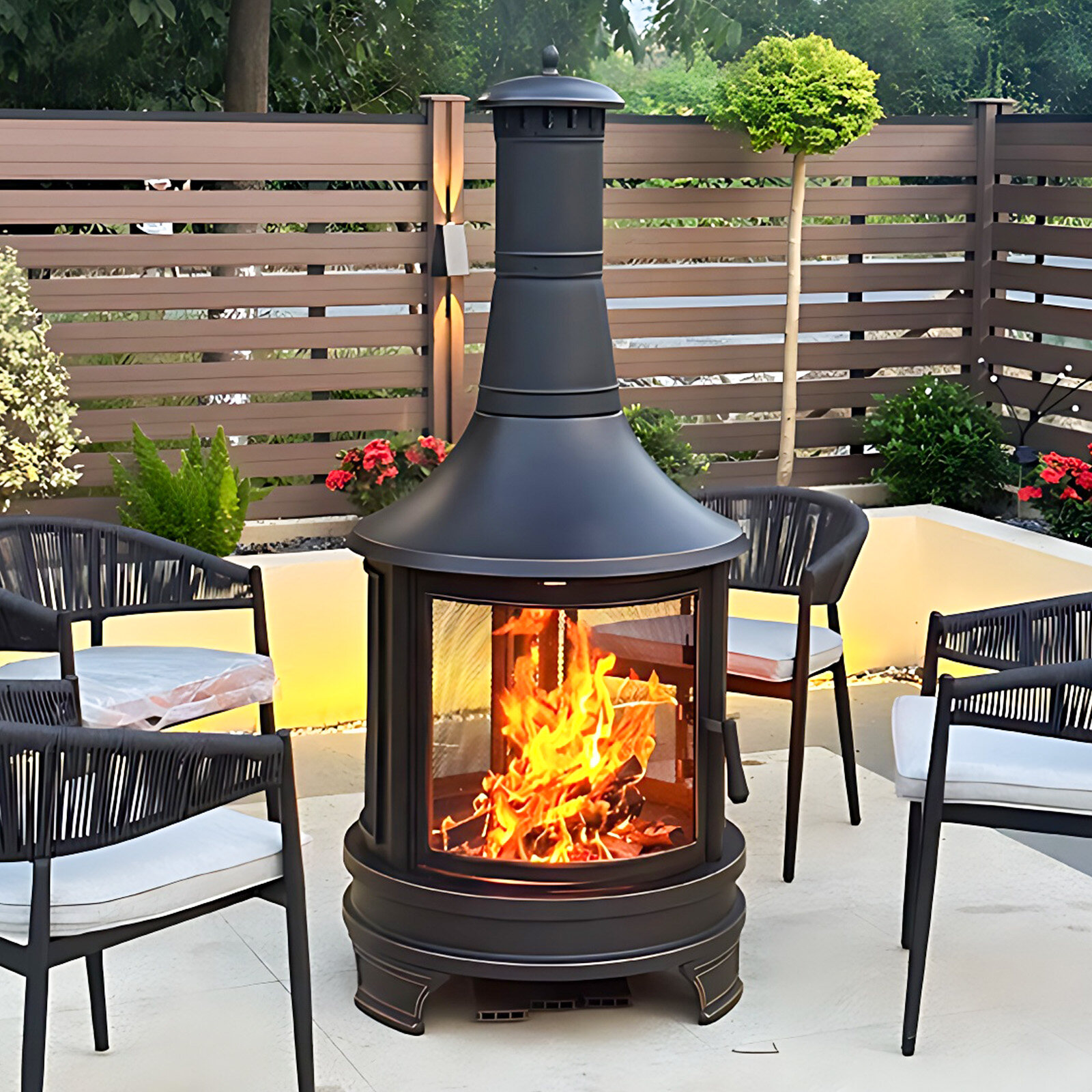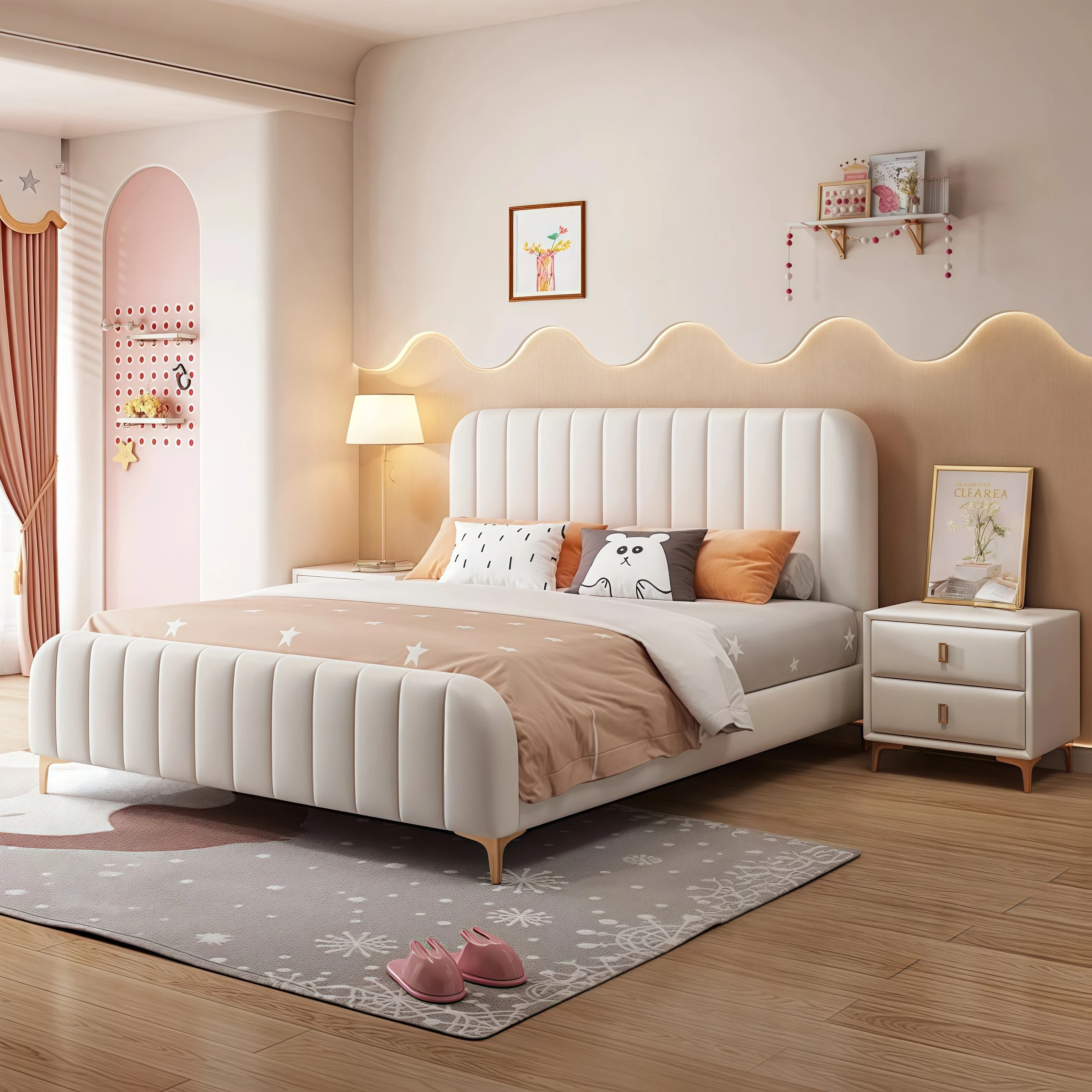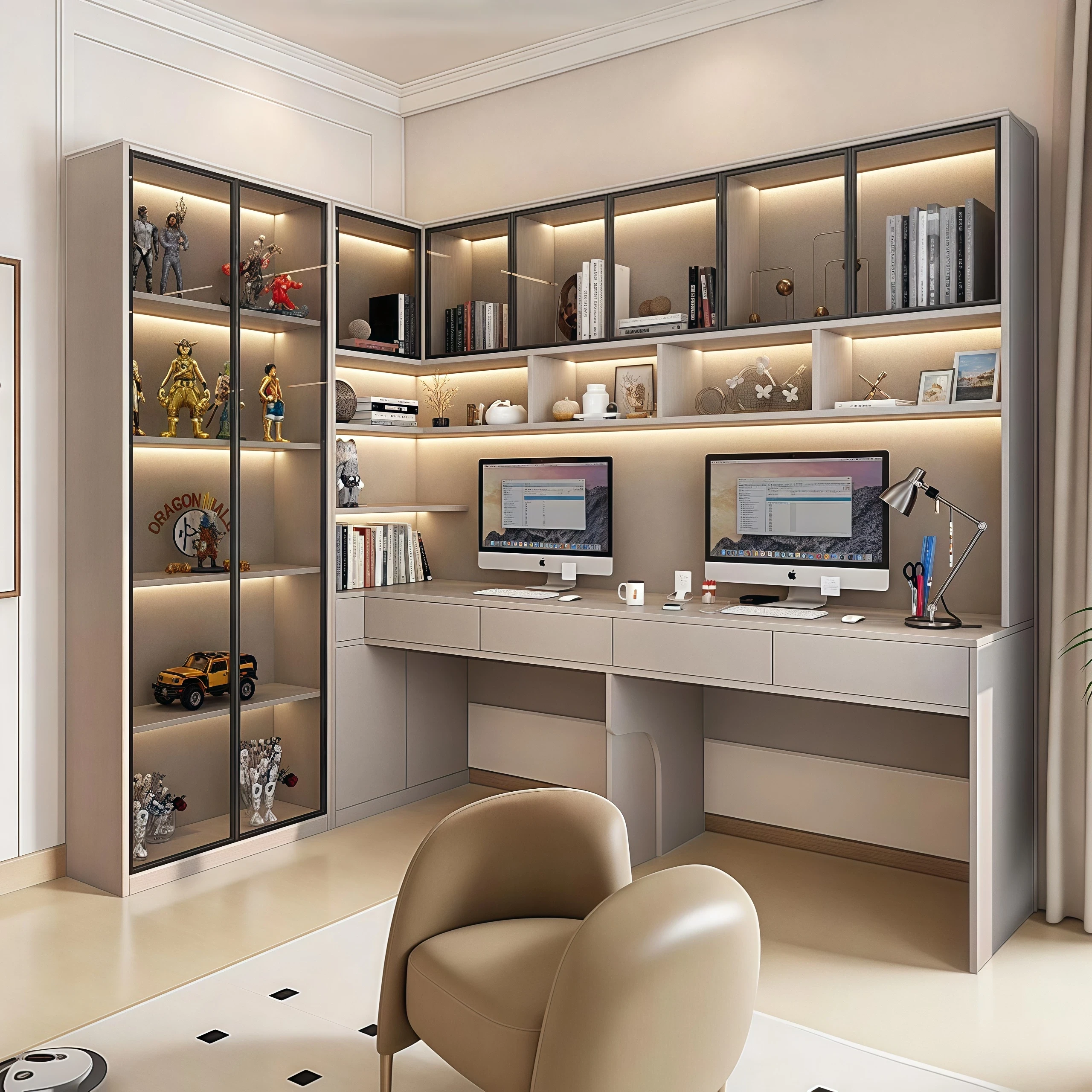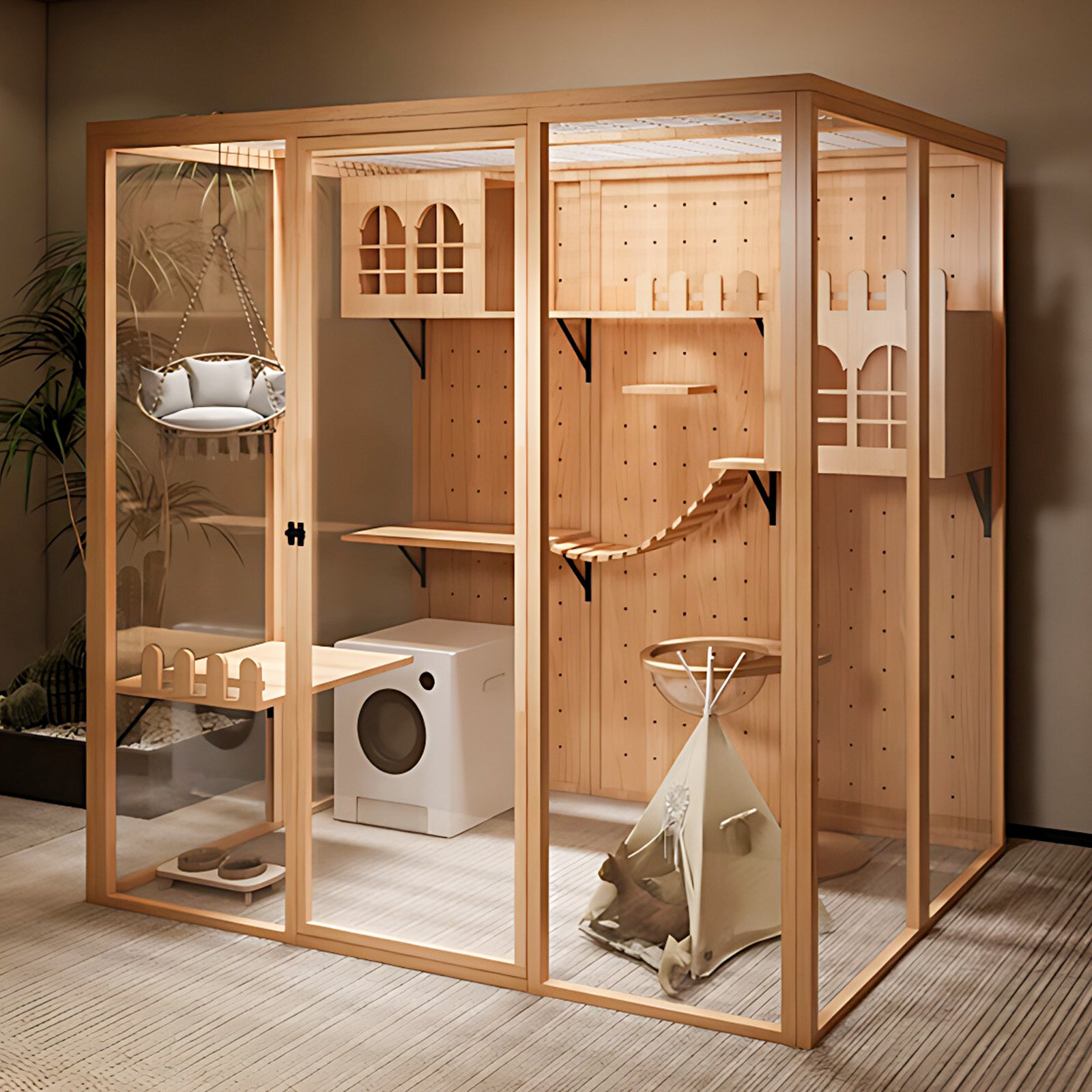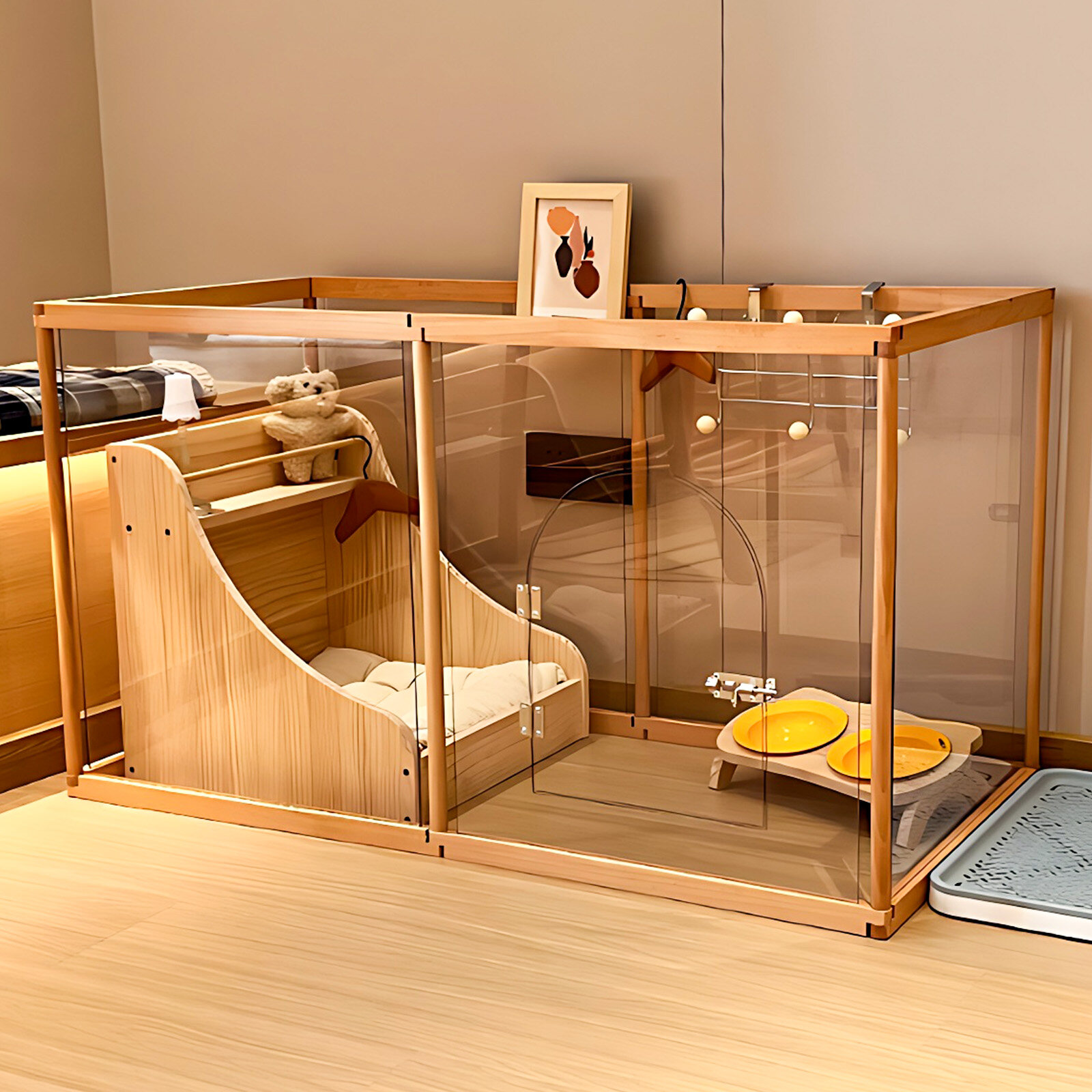I'm here to chat about decorating and share my experiences and knowledge. Hi everyone, I'm Chang Tan Decorating. Follow me to learn more about decorating!
In today's homes, having space for a dressing room is ideal. Even if you don't have it, people will find ways to create one. Cloakrooms play a vital role in family life. Many people even give up their master bathrooms in favor of dressing rooms, demonstrating their love for wardrobes. So, what's the difference between a dressing room and a regular wardrobe? What are these differences?
Basics of Cloakrooms and Wardrobes
Dressing Rooms
A dressing room is a relatively independent space used for storing and changing clothes. It's highly functional. A dressing room makes your wardrobe transparent, allowing all clothing to be clearly displayed, reducing the inconvenience of searching blindly. It also allows for storage of more than just clothes; it can accommodate a variety of items, transforming disorder into order. Through the design of a dressing room, you can use your wardrobe without being disturbed by your daily life.
Advantages:
Powerful Storage: The biggest advantage of a dressing room is its extensive storage capabilities. By organizing clothing, quilts, and daily necessities, a dressing room creates a more tidy home.
Full-Featured: The primary reason for a dressing room is its comprehensive functionality. A dressing room can accommodate all the essentials a woman could desire, including storage cabinets, a dressing table, a dressing mirror, an ironing board, and a chair, allowing her to fulfill her princess dreams.
Free Design: Whether custom-made or constructed on-site, a dressing room offers complete freedom of design due to its spatial advantages. Personal preferences and lifestyle can be incorporated into the design, ultimately reflecting the homeowner's taste and blending seamlessly with the overall decor.
High-Quality: Regardless of the design style, a dressing room consistently exudes a high level of sophistication. Especially for larger apartments, a dressing room is a standard feature and a symbol of prestige. Disadvantages:
Takes up More Space: Dressing rooms are typically designed as independent spaces. While there's no mandatory space requirement, they typically must occupy at least 3 square meters, which means they take up space in the room.
Higher Price: Because the space is larger, more wardrobes are required, and new walls are built, the overall cost is higher.
Wardrobe
Wardros, also known as built-in wardrobes or custom wardrobes, are a standard feature in bedrooms. They are used to store clothes and quilts for daily use at night and are often located against the wall near the door.
Small Space: Because wardrobes are often independent in the bedroom and are typically no thicker than 60 cm, they take up less space.
Low Price: Wardrobes are standard features in bedrooms, but as independent wardrobes, they are very affordable. If made from standard materials, the price is low and they don't require extensive design. Average quality: While wardrobes can be designed in various styles, the quality of a single-unit wardrobe cannot compare to that of a dressing room, and the design is relatively average.
Small storage space: Because wardrobes are standalone units, their length in a bedroom is typically less than 2.2 meters, resulting in a limited interior space and limited space for daily storage.
Differences between a dressing room and a wardrobe
Difference 1: Different names
The names of a dressing room and a wardrobe clearly indicate that a dressing room is an independent space, while a wardrobe is simply a cabinet placed against the wall in the bedroom. These two differences are quite distinct. A dressing room conveys a sense of luxury and a high quality of life, while a wardrobe is simply used to store clothes, lacking any special features. It gives the impression that it is simply a place to store clothes, without much substance.
Difference 2: Different Storage Space
A dressing room is typically no less than 3 square meters, with the majority being around 5 square meters. Therefore, the wardrobe built within this space is correspondingly large, providing ample storage space for clothing. This allows for ample storage not only for clothes but also for shoes, bags, and daily necessities, fulfilling the multifunctionality of a dressing room. Wardrobes, on the other hand, are typically placed in bedrooms and are used solely for clothing. However, the space for clothing is often insufficient, leaving no room for anything else.
Difference 3: Different Functions
A dressing room can be designed as a dressing area, clothing storage area, or miscellaneous storage area, allowing you to freely arrange your desired items. More importantly, the arrangement still creates a sense of organization and class. Wardrobes, on the other hand, lack this functionality. Beyond daily clothing, they can't be used for anything else, effectively serving only the purpose of storing clothes.
Difference 4: Cost Difference
Building a dressing room during home renovation requires demolition and construction of new walls, wall painting, floor waterproofing, wardrobes, and lighting design, resulting in a higher overall cost. A wardrobe, on the other hand, can be constructed based on the bedroom wall's location, requiring no extensive design or production costs, making it very affordable.
Difference 5: Different Presentation
Quality is a key concern in modern home renovations, and aesthetics are becoming increasingly demanding. A dressing room, on the other hand, features integrated wardrobes that integrate various functions through design, along with lighting and beautiful door designs. The result is a beautiful and high-quality wardrobe. Even with the current light luxury style, the presentation of a wardrobe cannot compare to that of a dressing room. The difference between the two is stark.
Considerations for dressing room design:
Although a dressing room is designed as a separate space, it should still maintain a consistent style with the interior decor for a more aesthetically pleasing effect.
When designing the dressing room's interior layout, don't prioritize aesthetics; instead, consider the family members' usage habits. Only a dressing room that suits their habits is the most practical.
Many families create dressing rooms by converting their master bathrooms. Therefore, when designing a dressing room, it's crucial to ensure moisture-proofing. The floor should be waterproof, and the wardrobe panels should be moisture-resistant.
Hardware is essential for a dressing room, so high-quality hardware is recommended. This facilitates both initial design and long-term use, ensuring it will perform well in daily life and prevent damage.
When designing a dressing room, consider the appropriate lighting, color scheme, and other elements. Whether it's the ceiling lighting or the cabinet lighting in the wardrobe, ensure optimal brightness. Natural light should be used to facilitate easy matching of clothing.
In summary, if you have the space for a dressing room or wardrobe, you absolutely must create one. The difference in functionality, aesthetics, and effectiveness is obvious. A dressing room can bring unexpected benefits to your home, directly improving your quality of life and the value of your home.

 USD
USD
 GBP
GBP
 EUR
EUR

